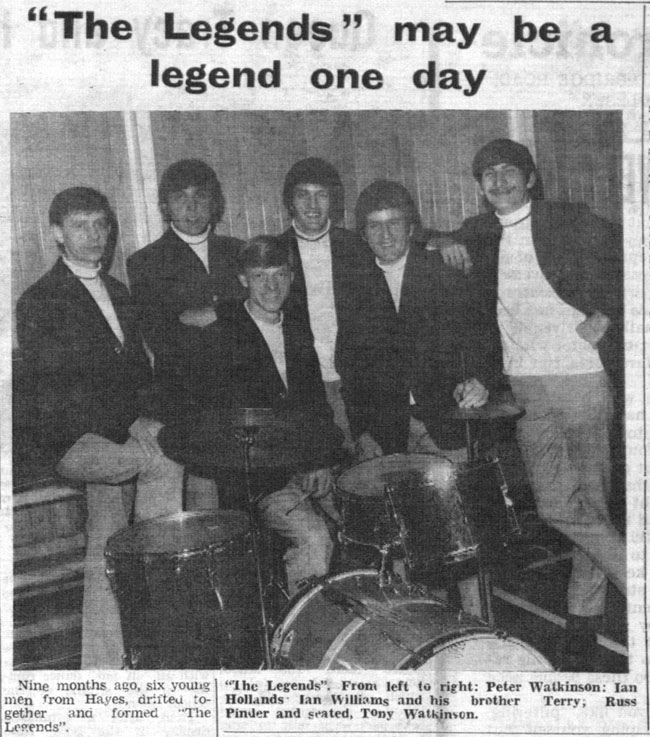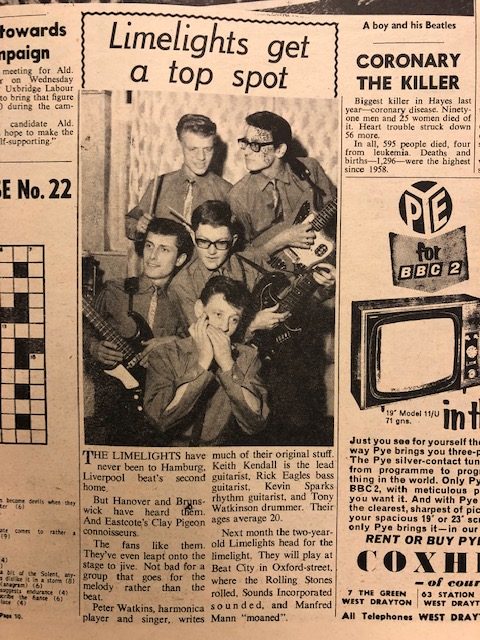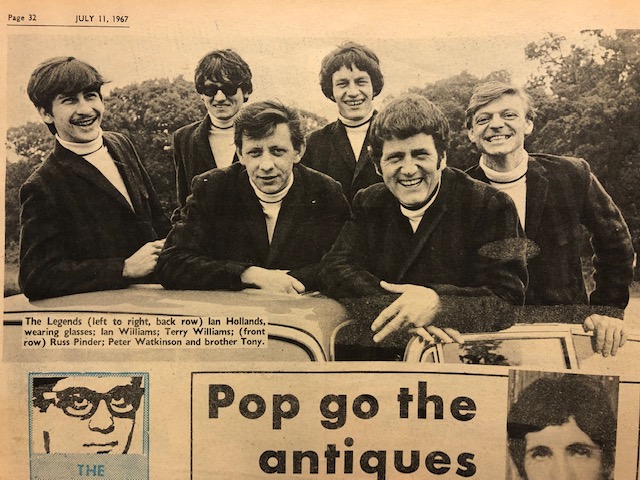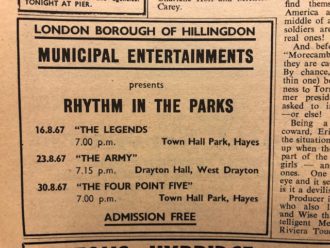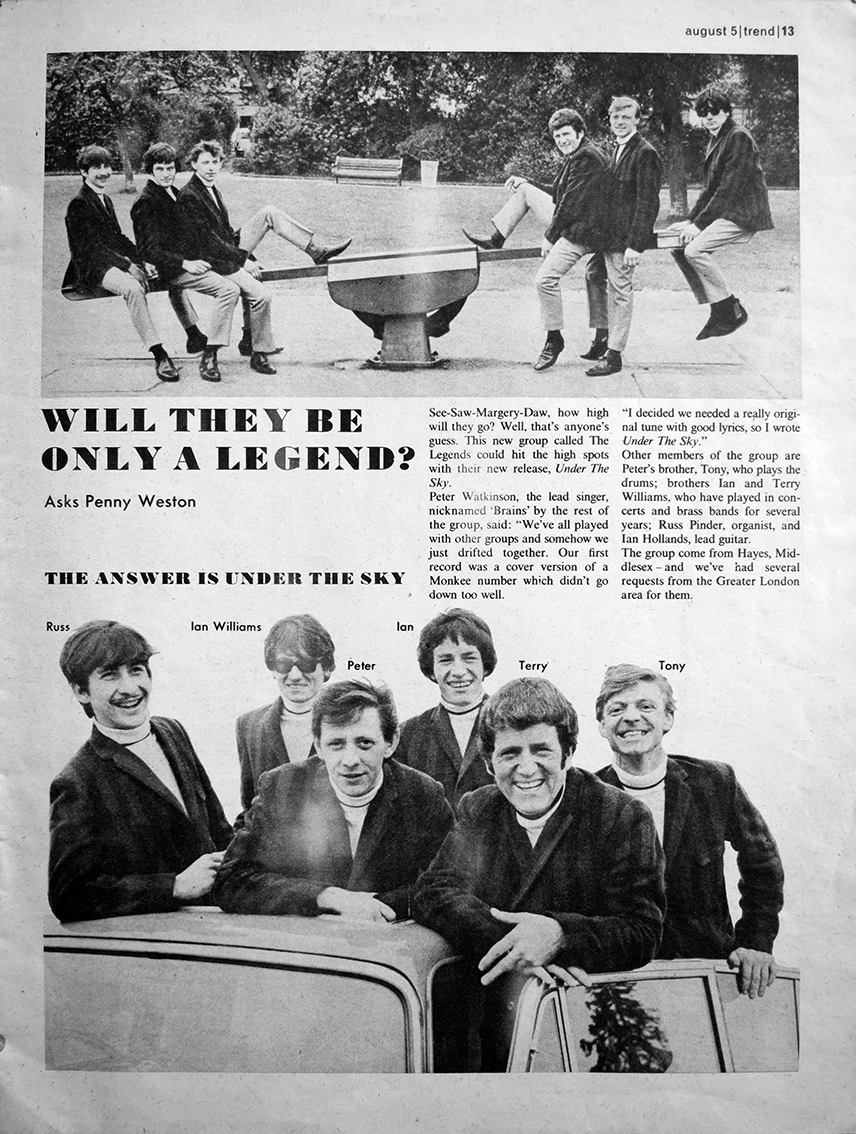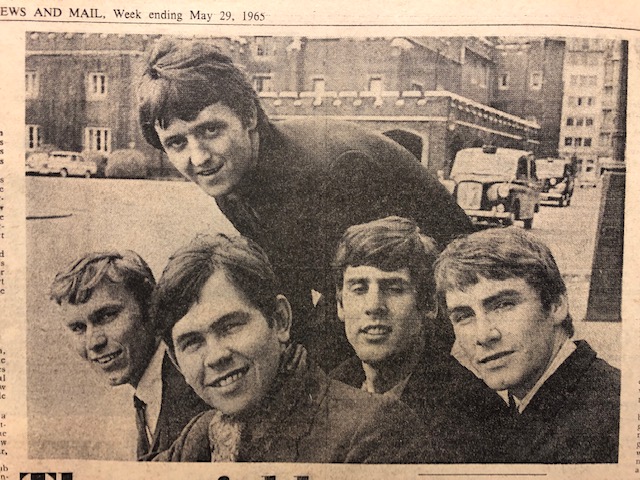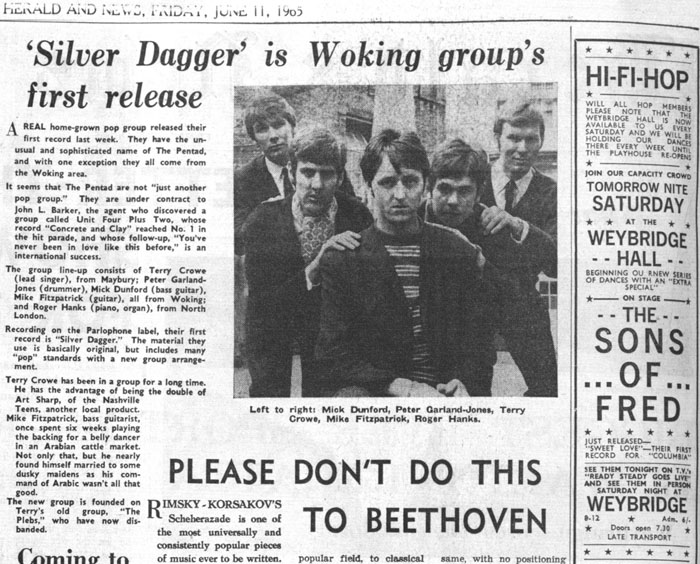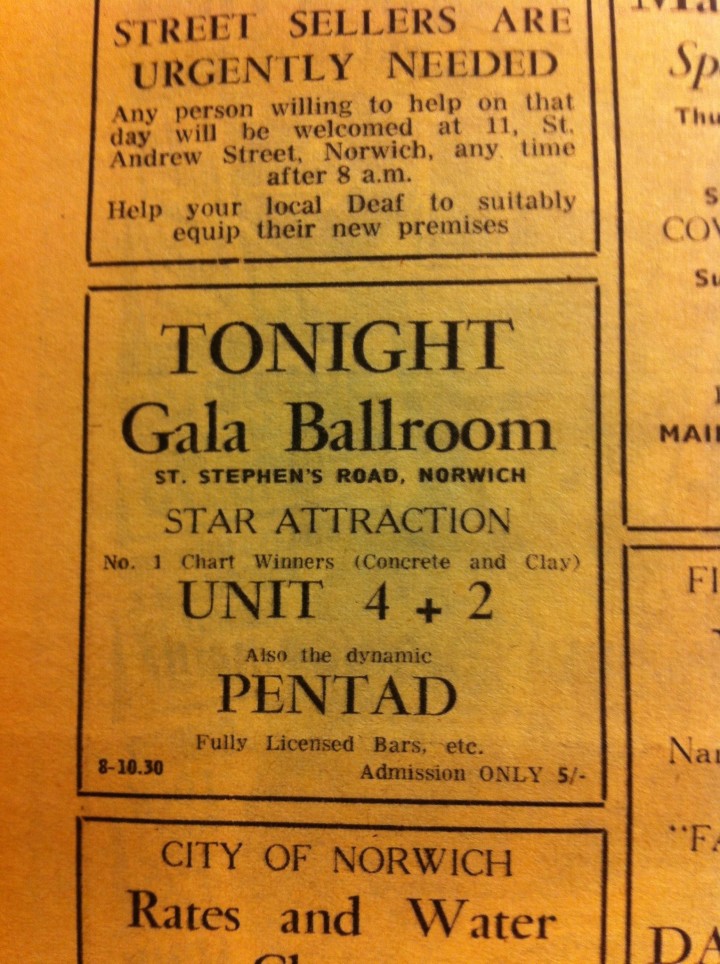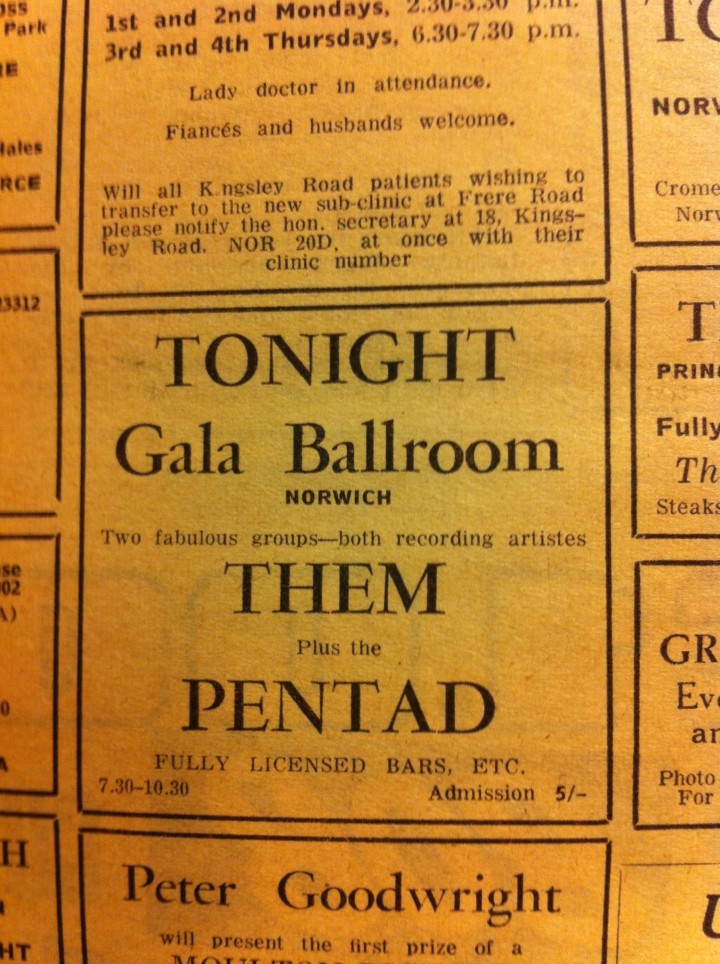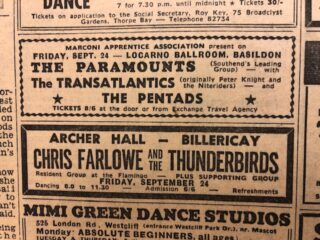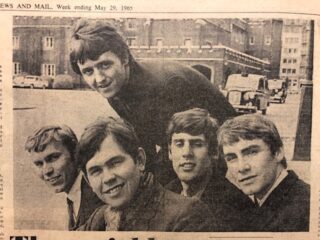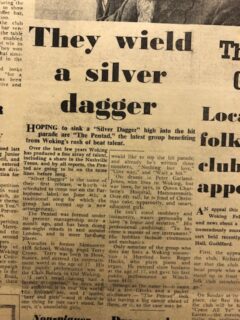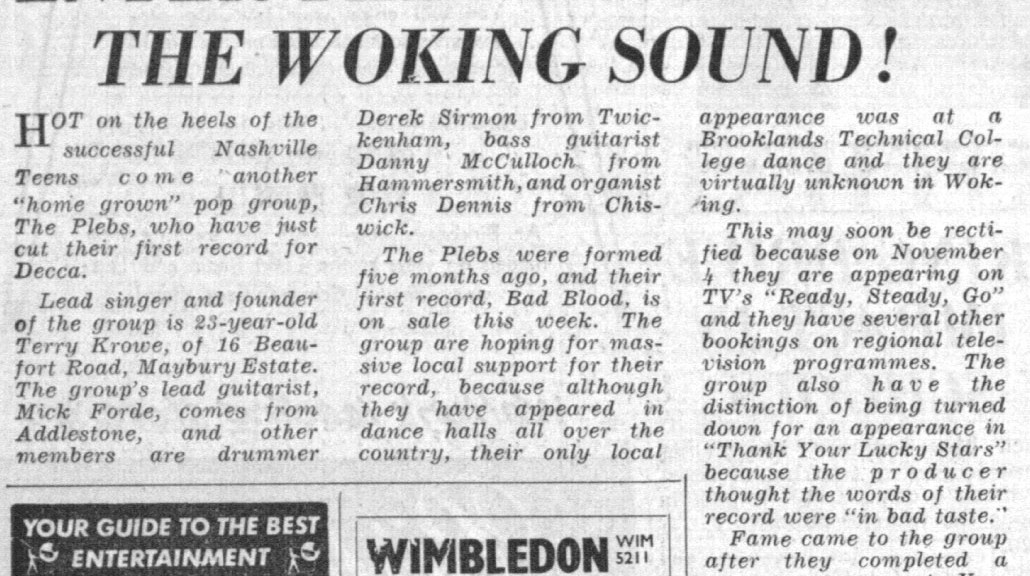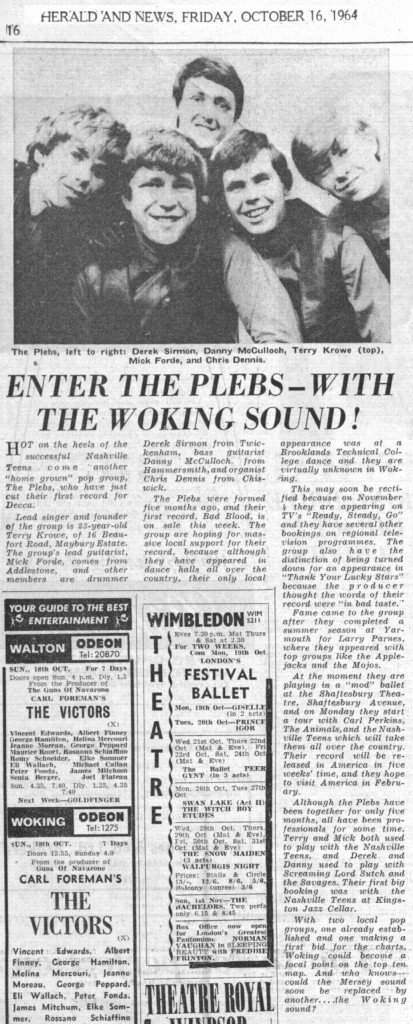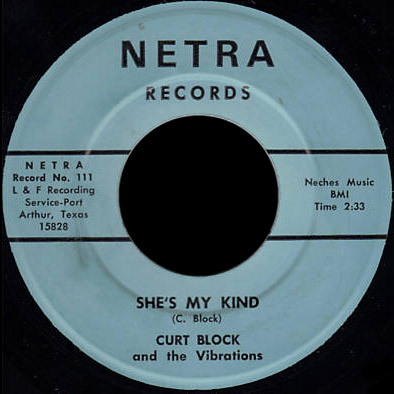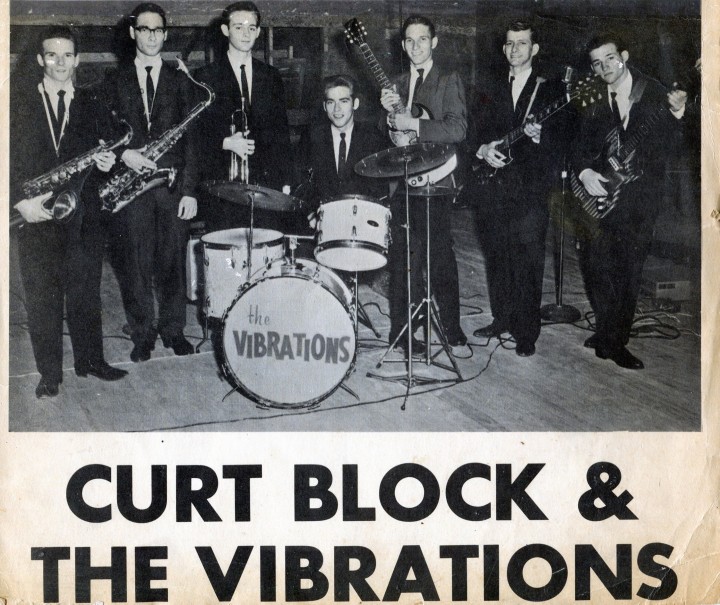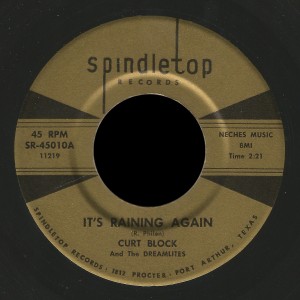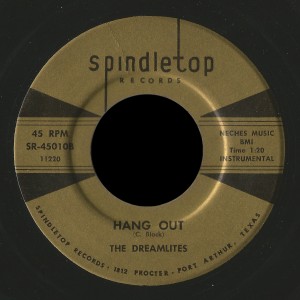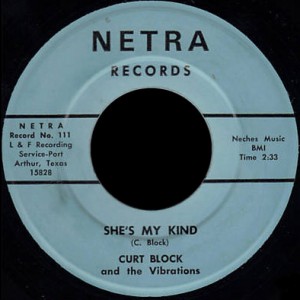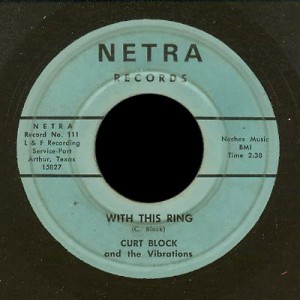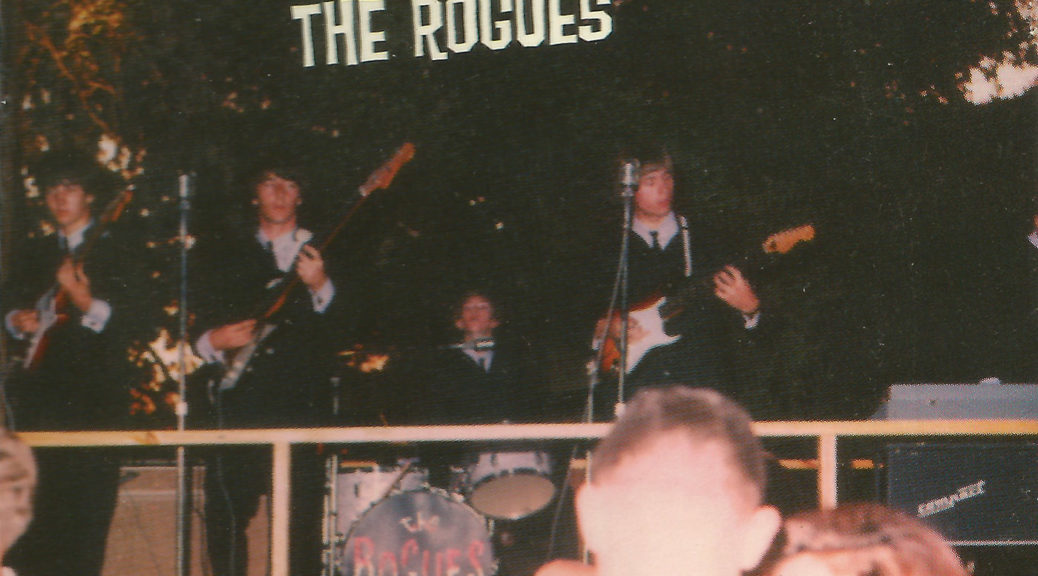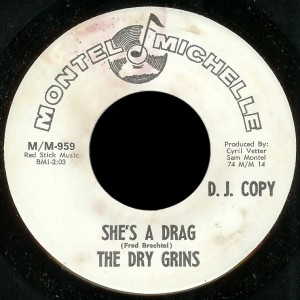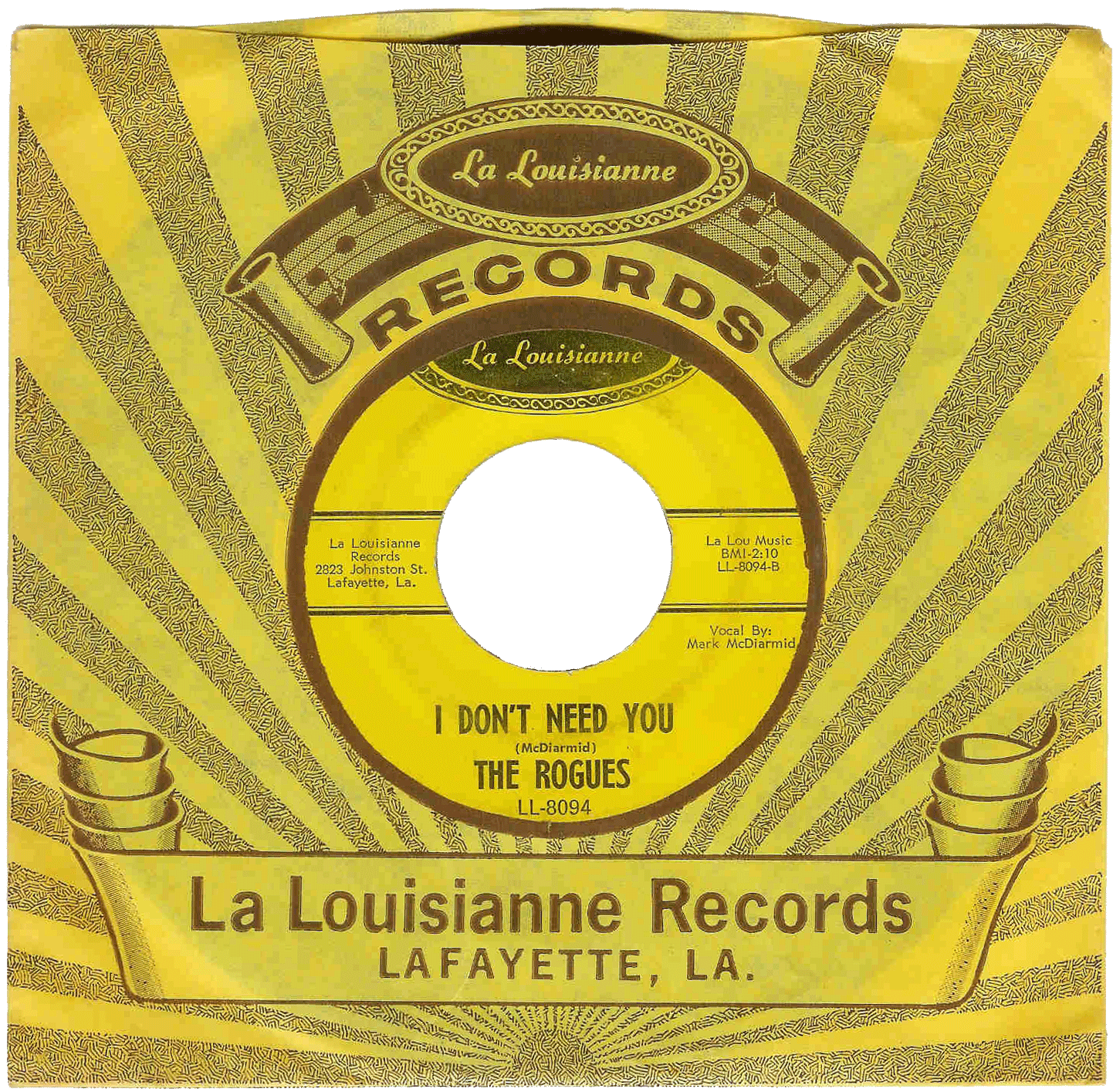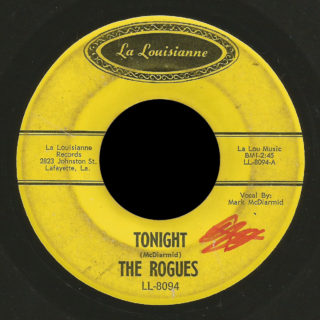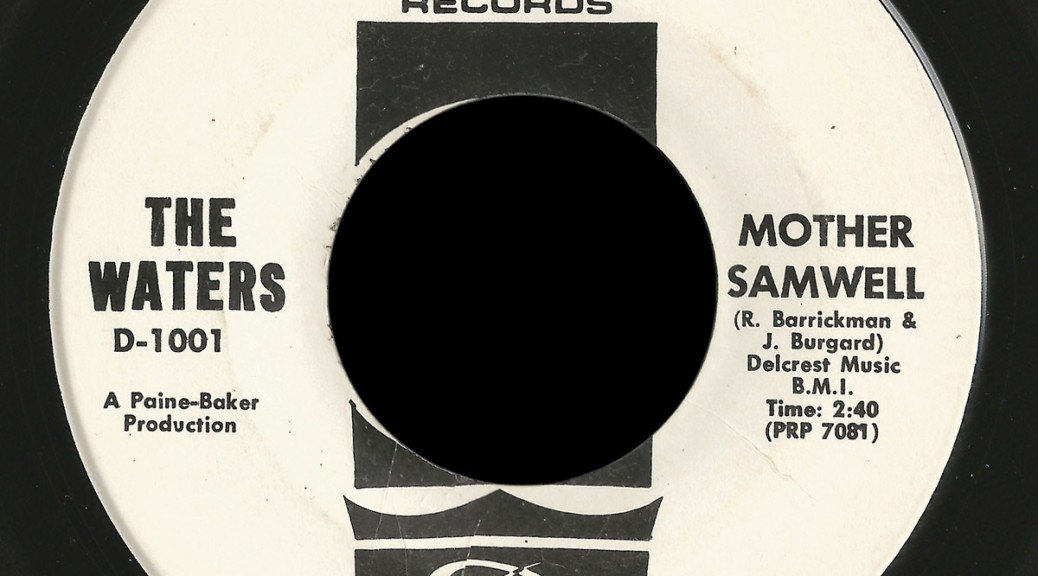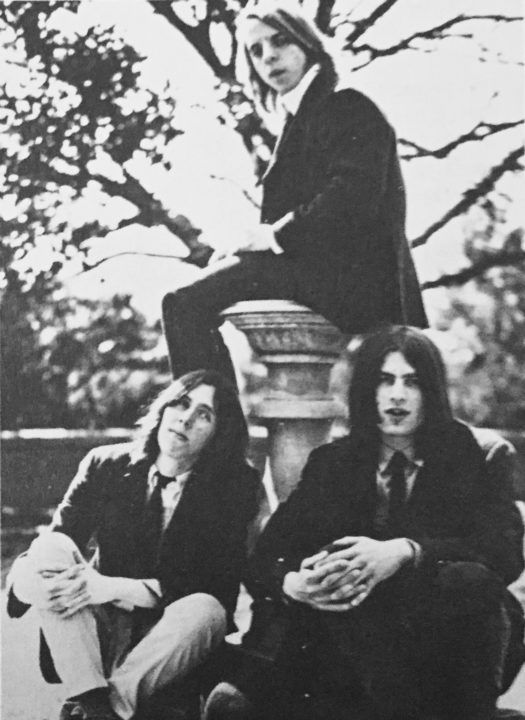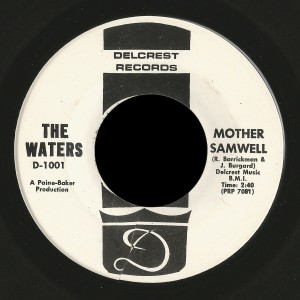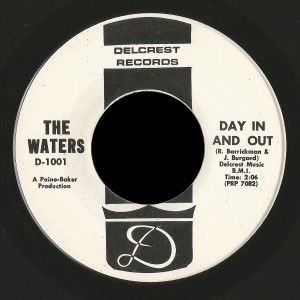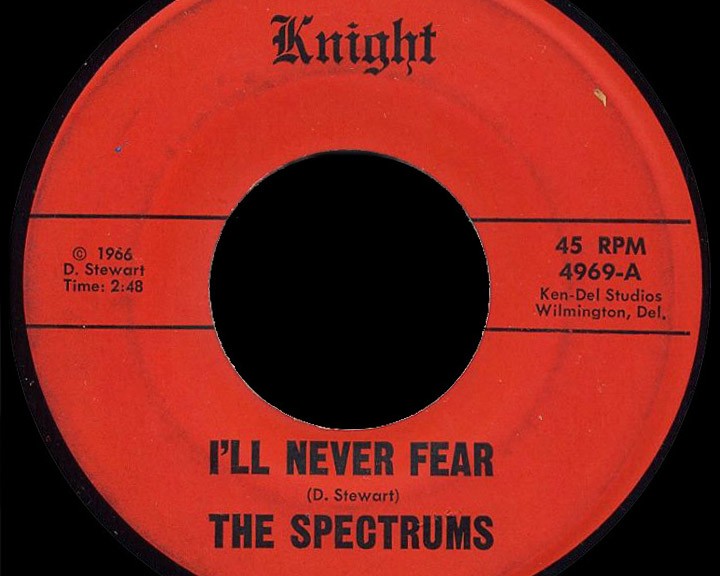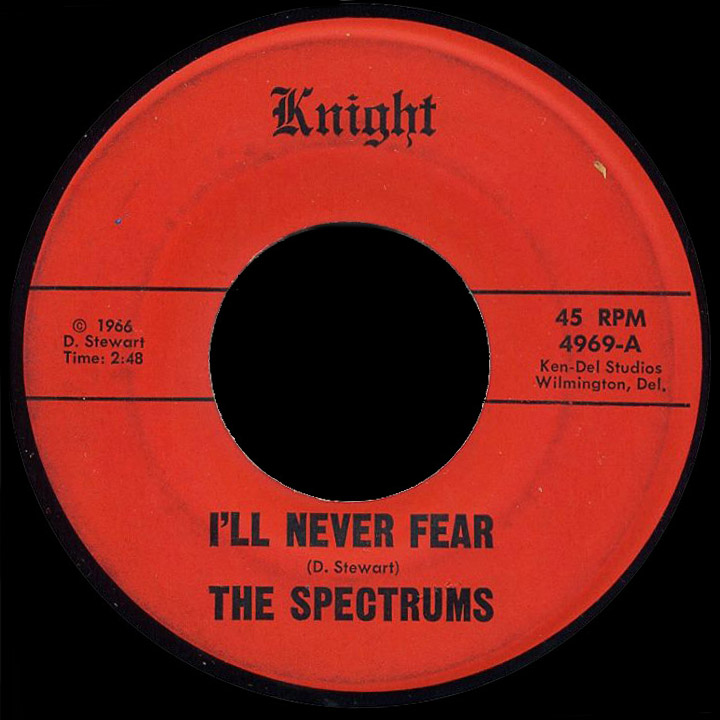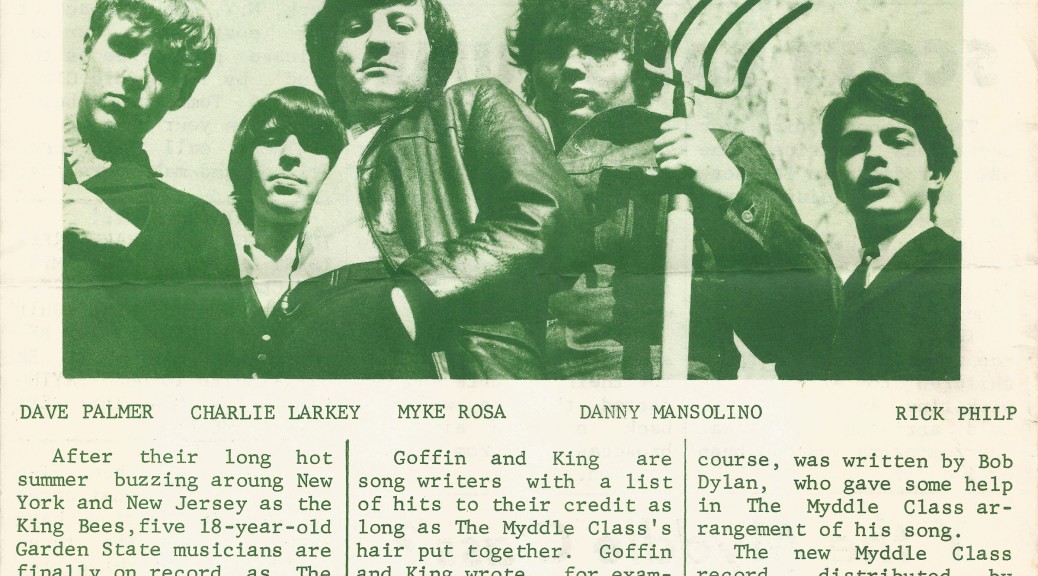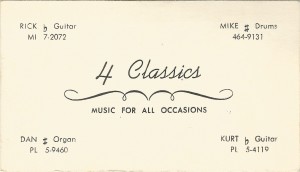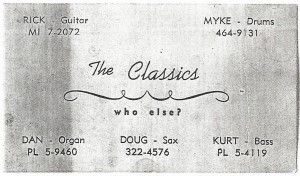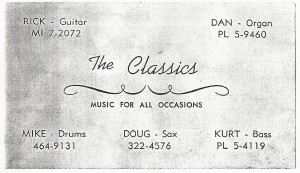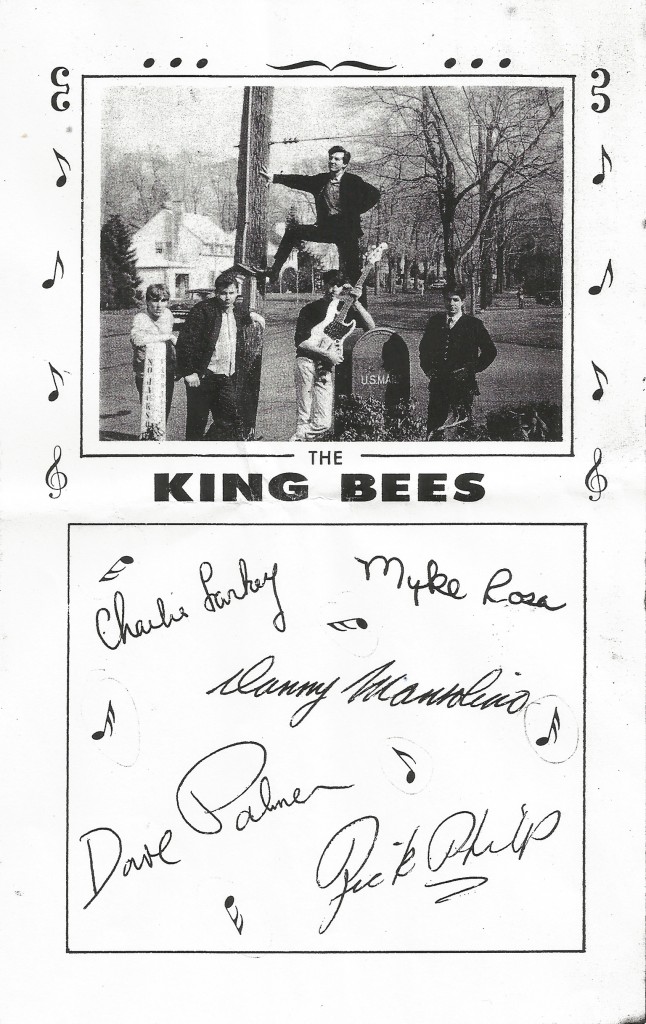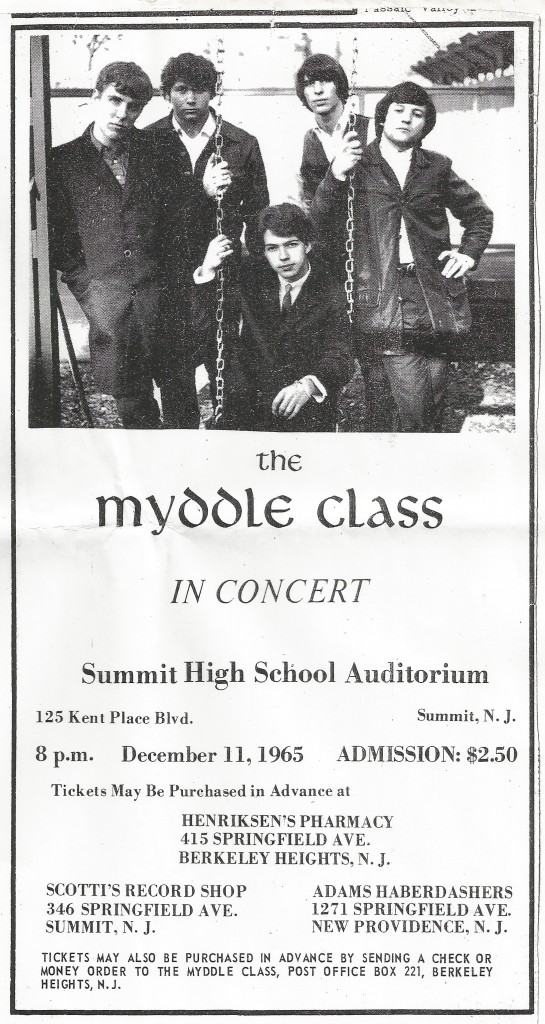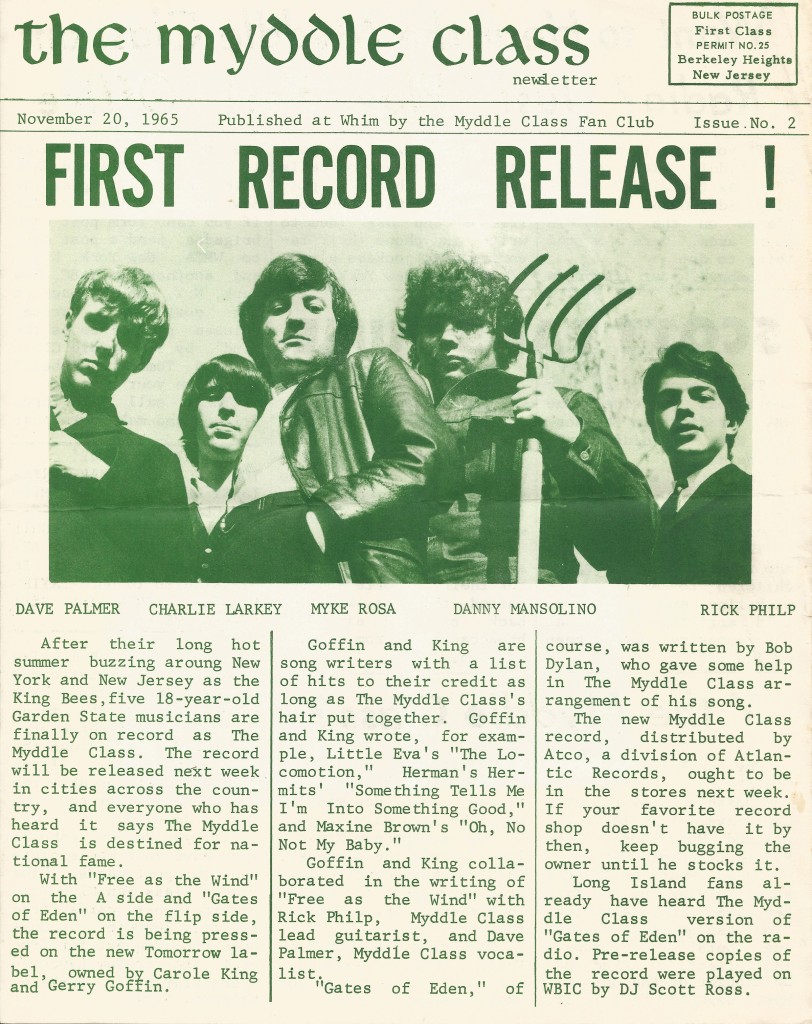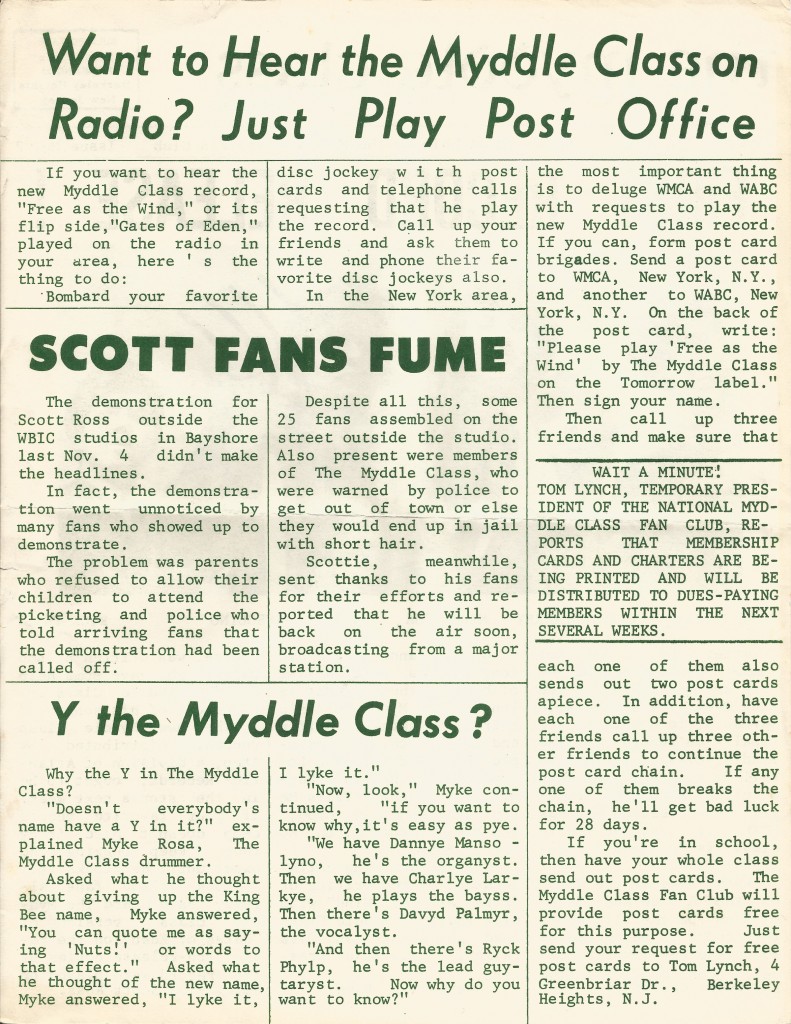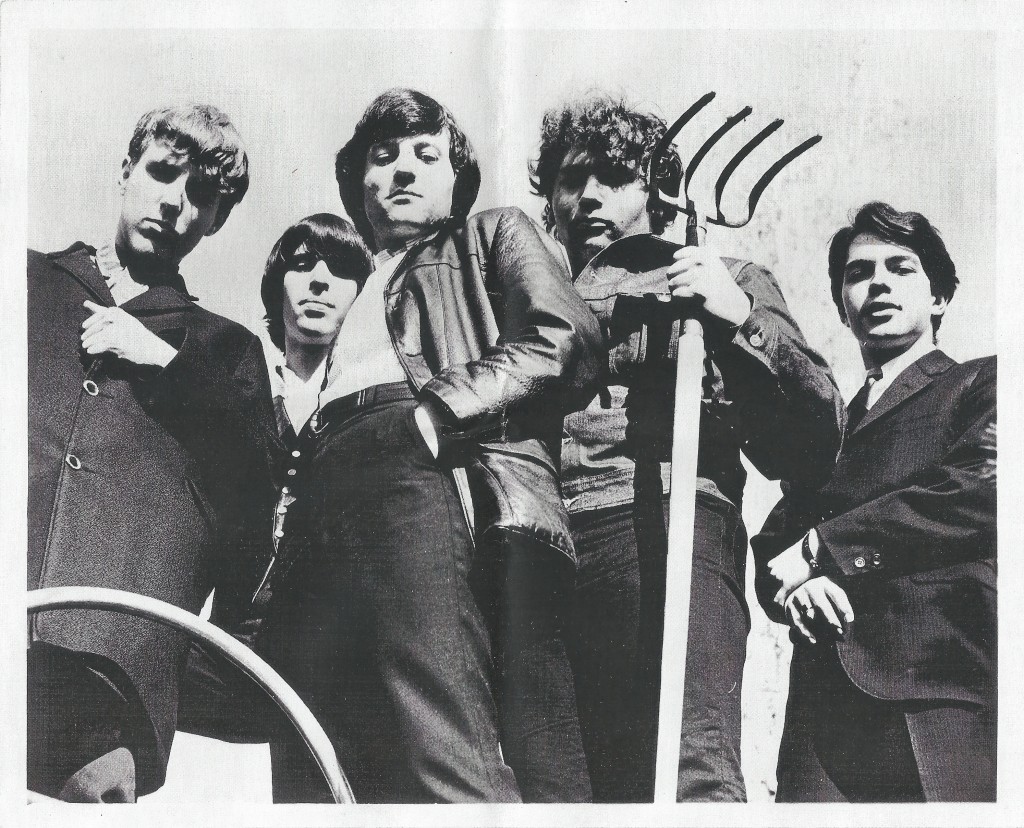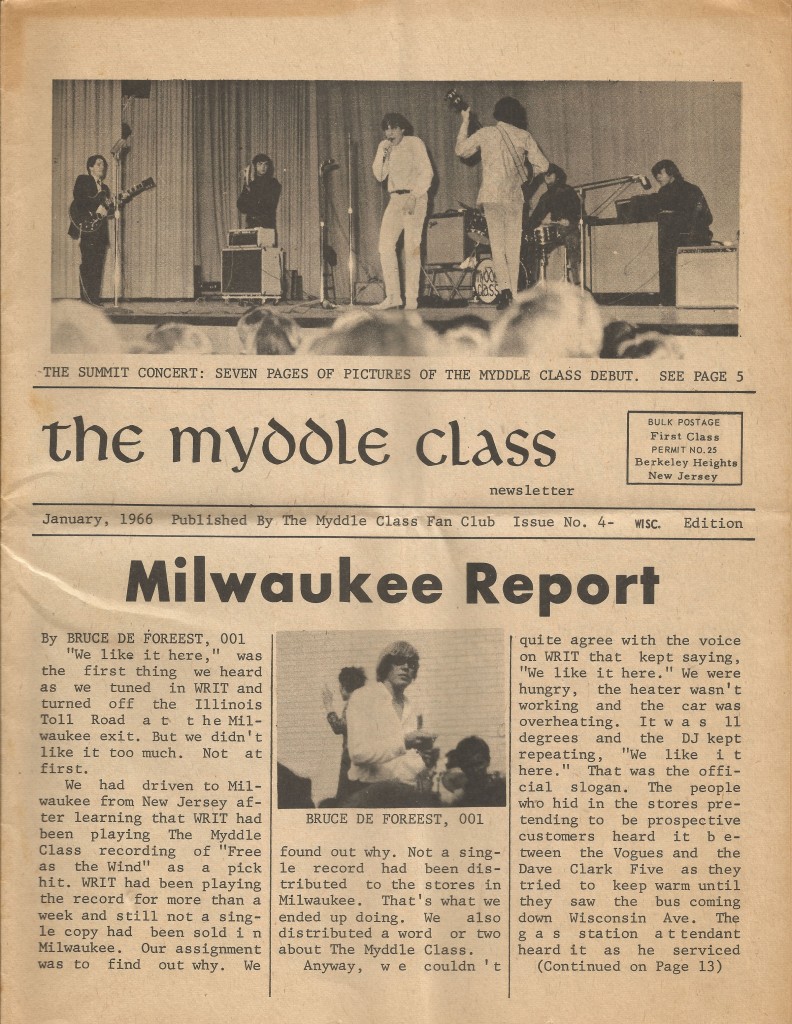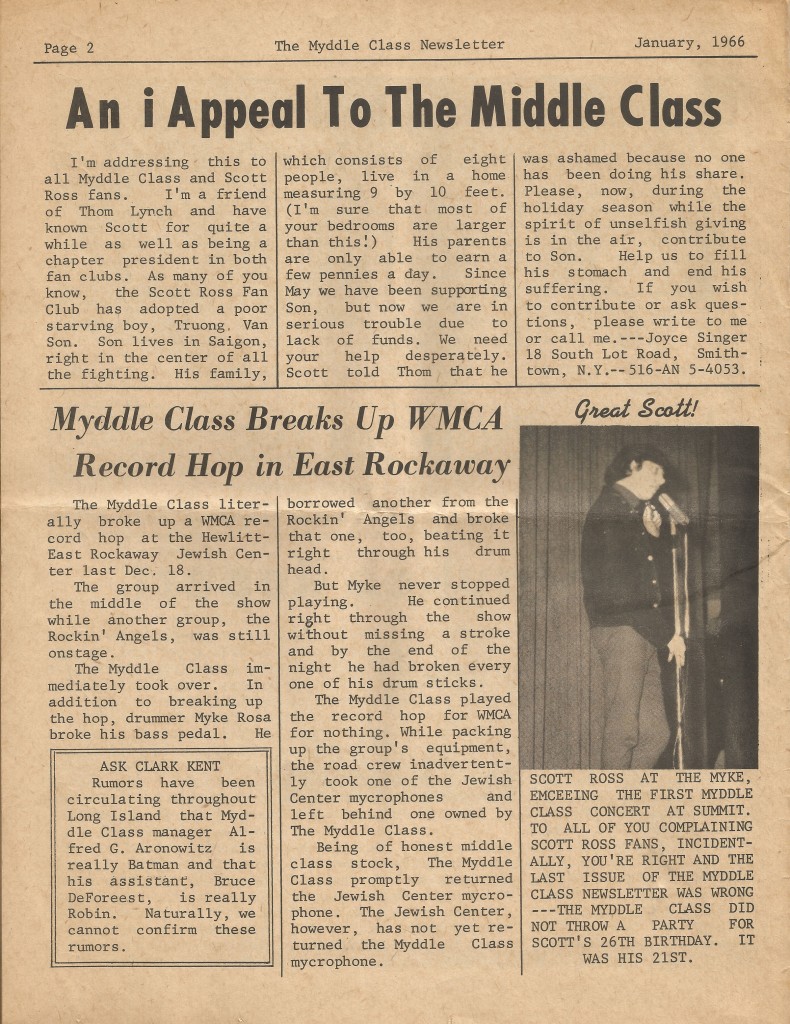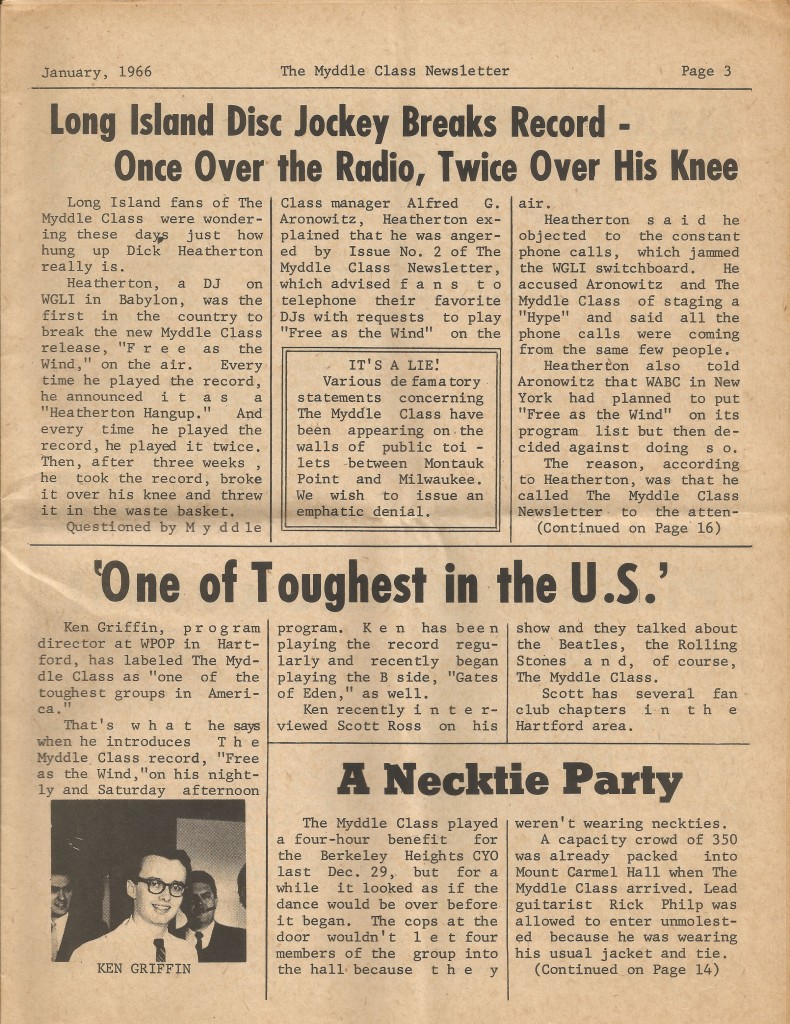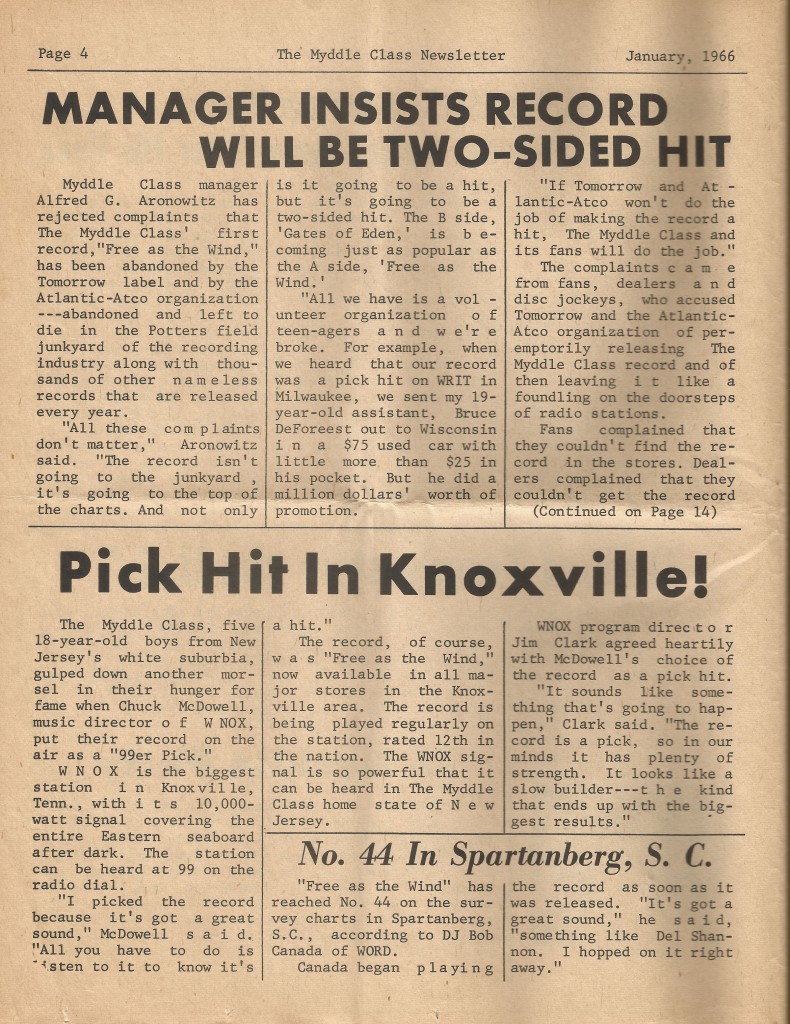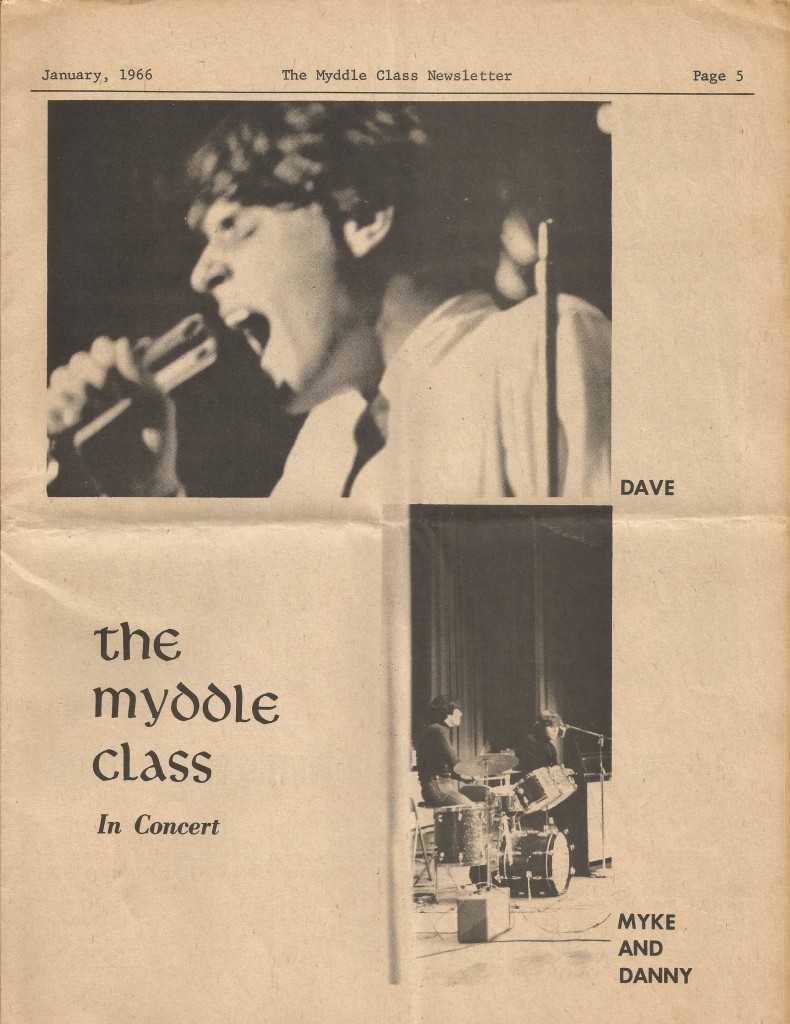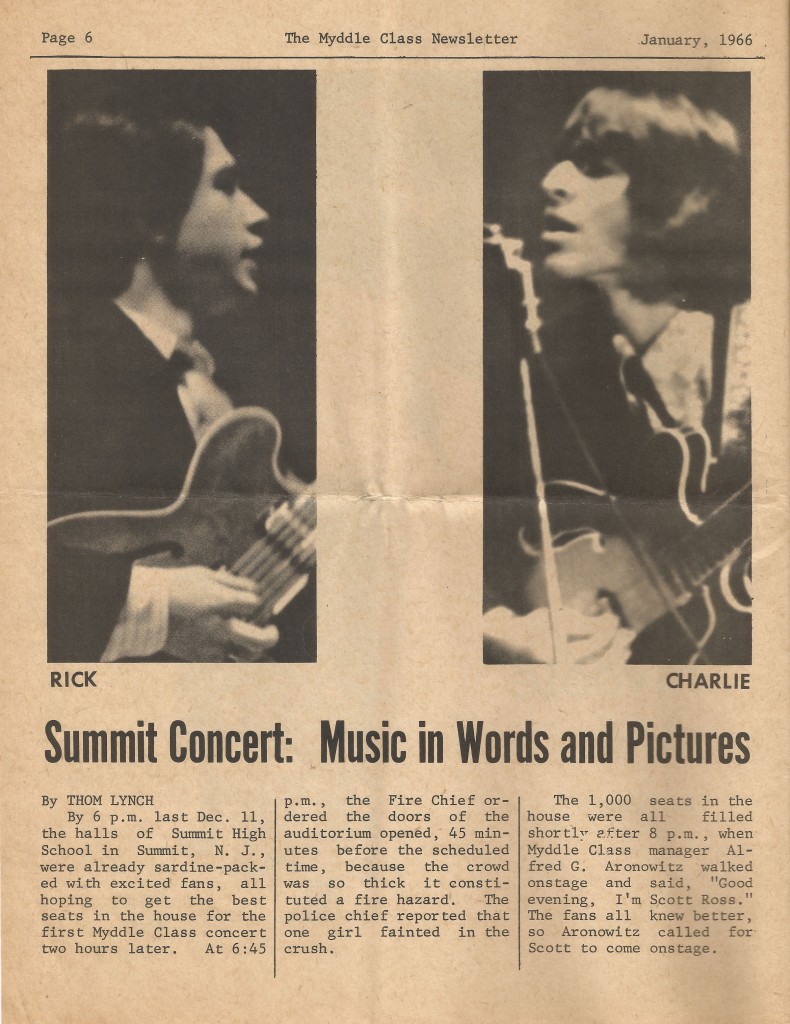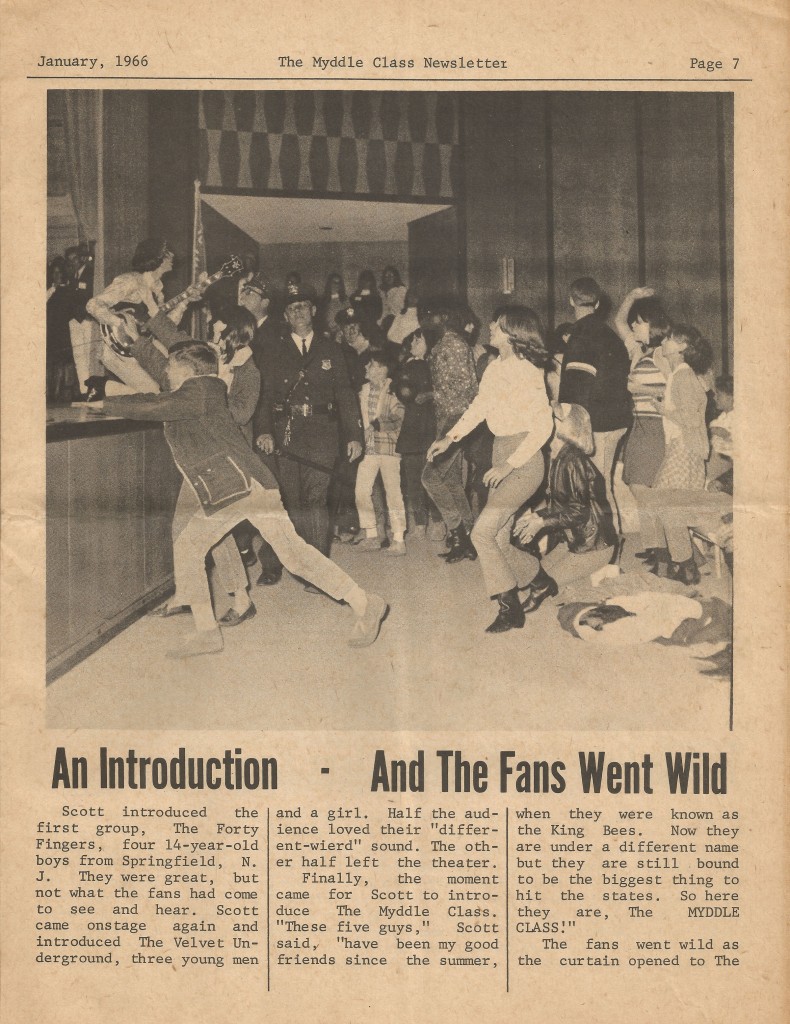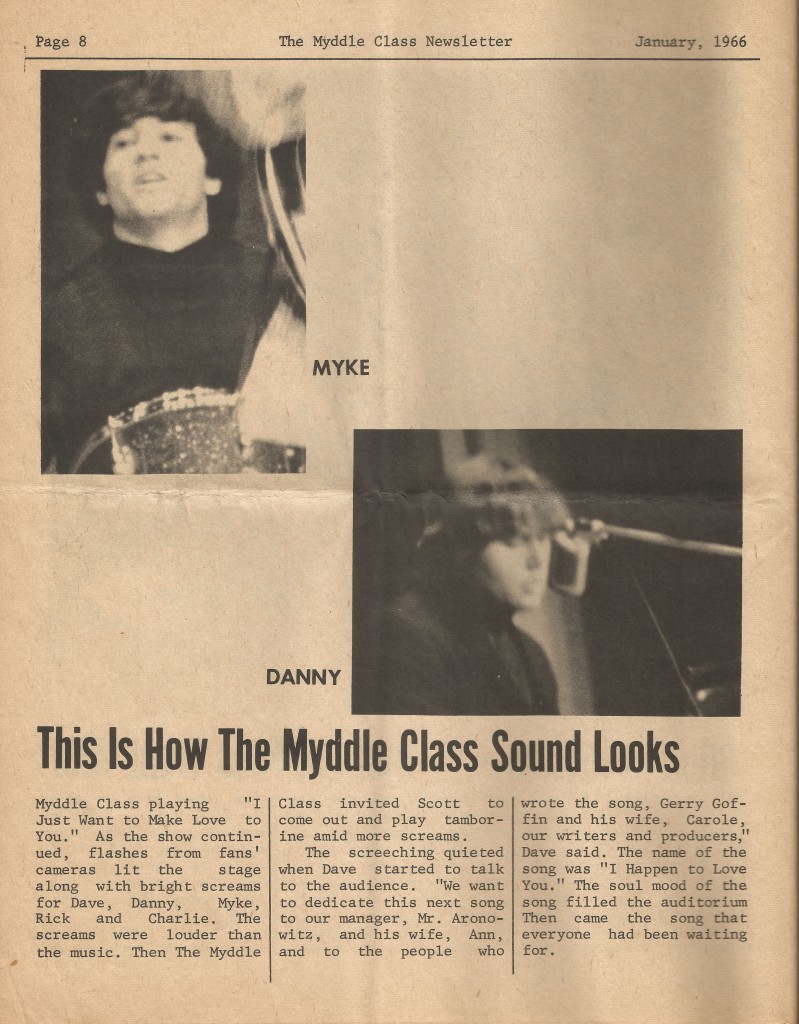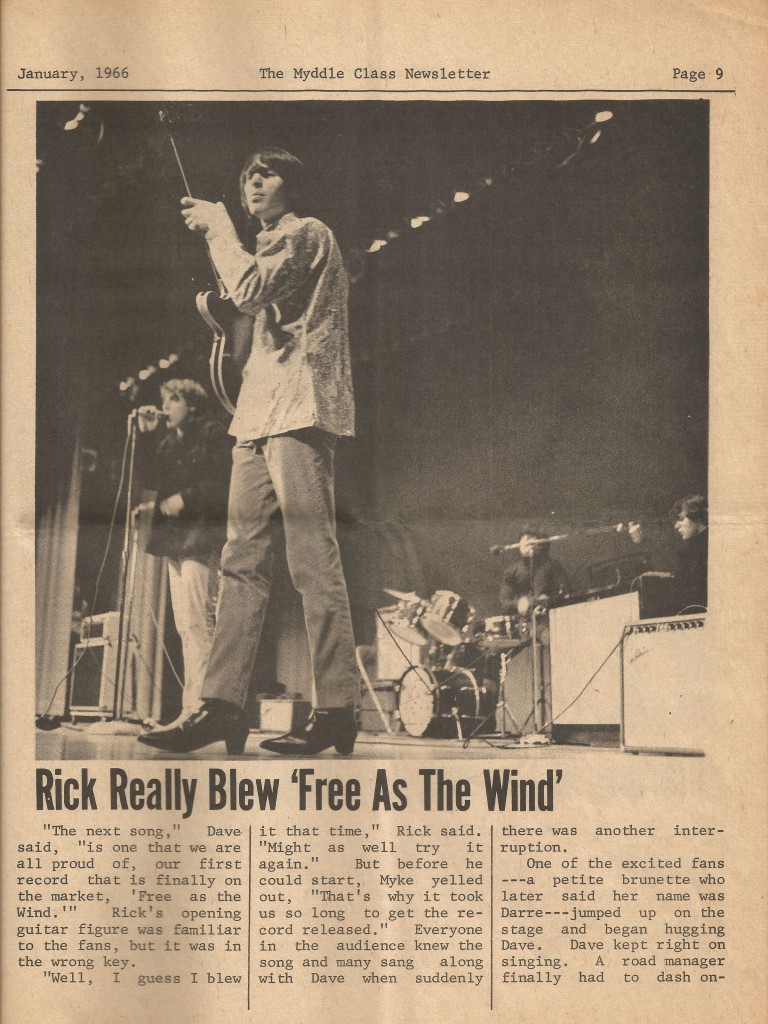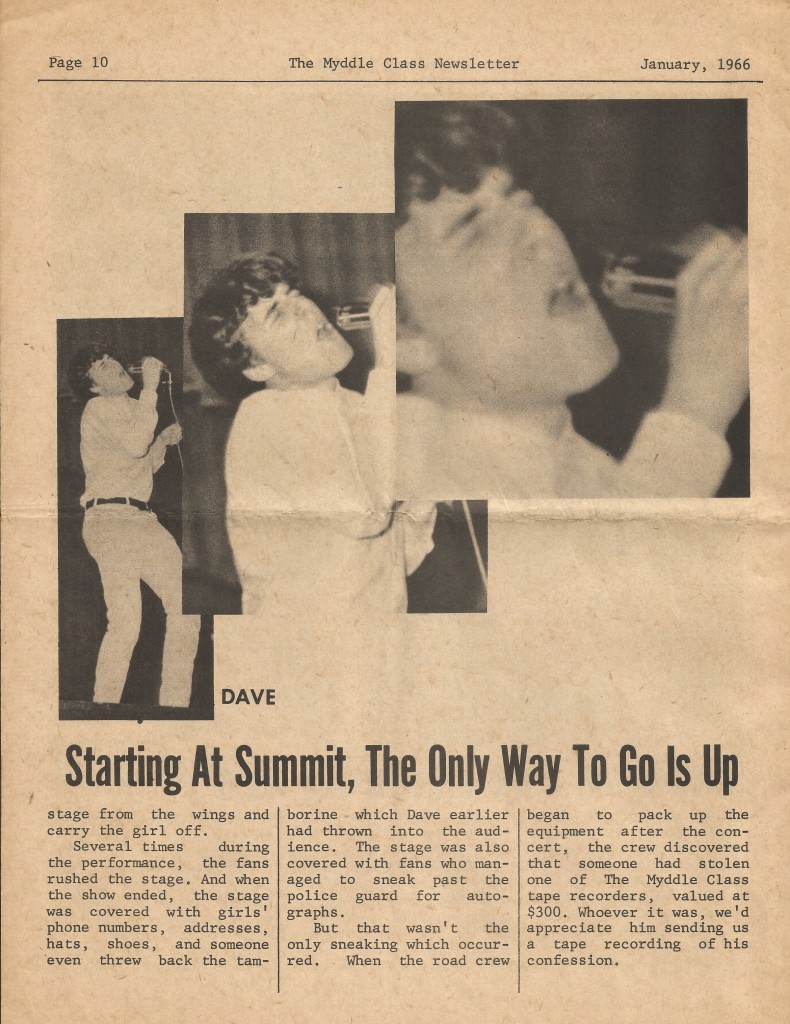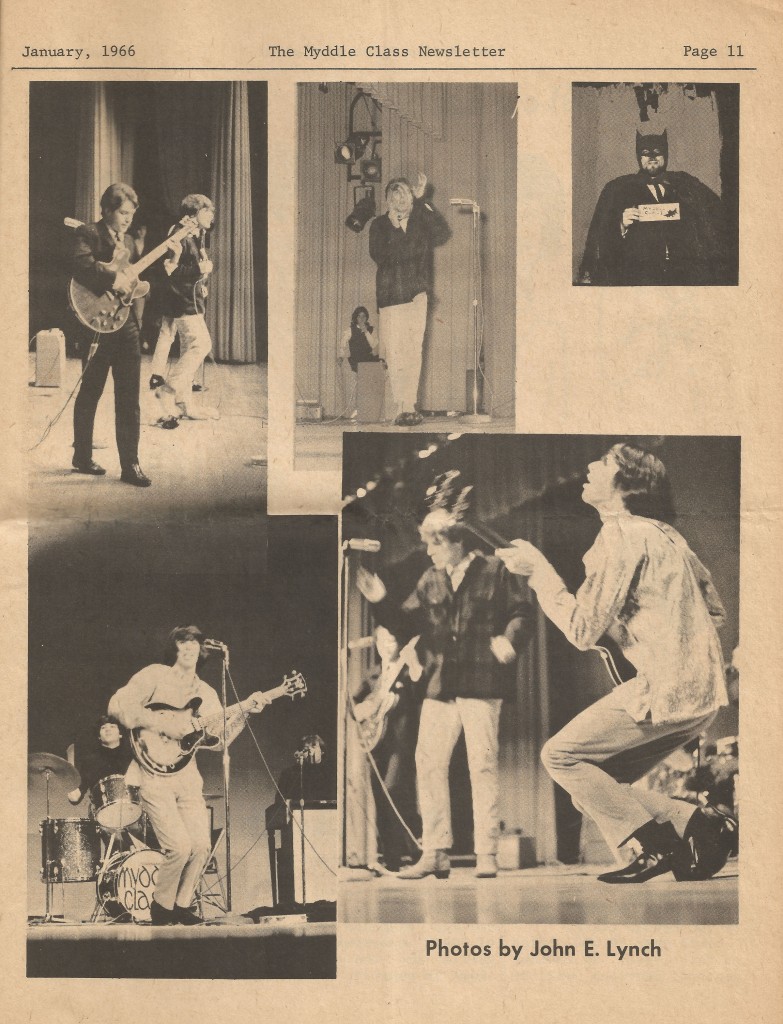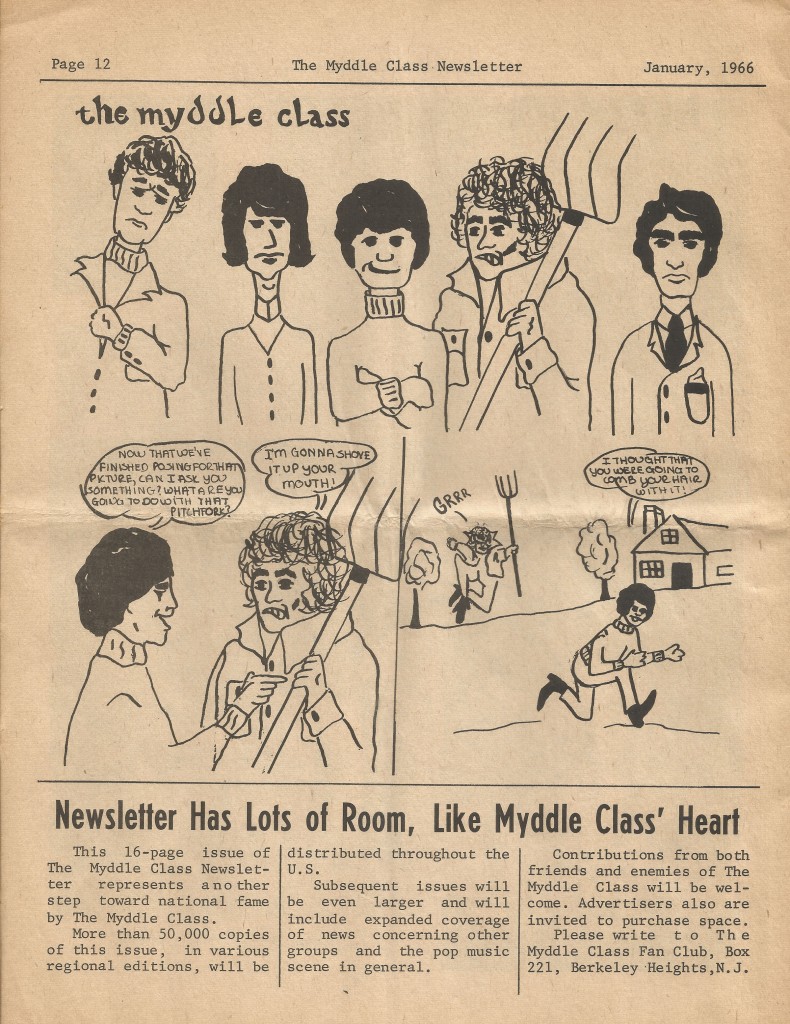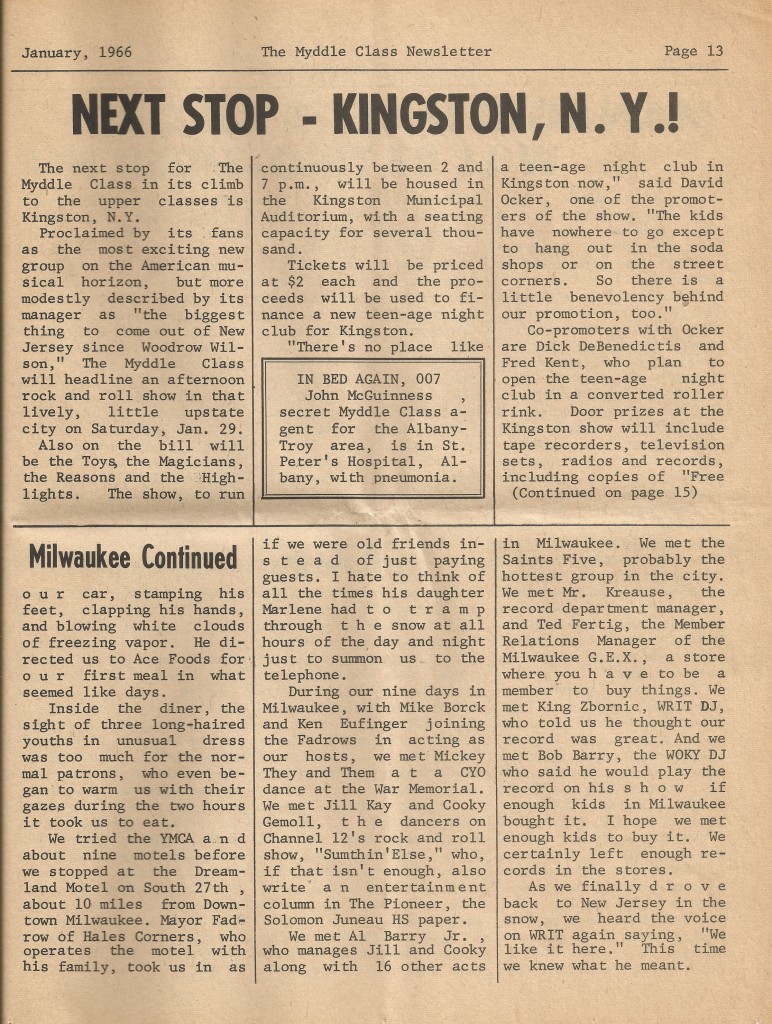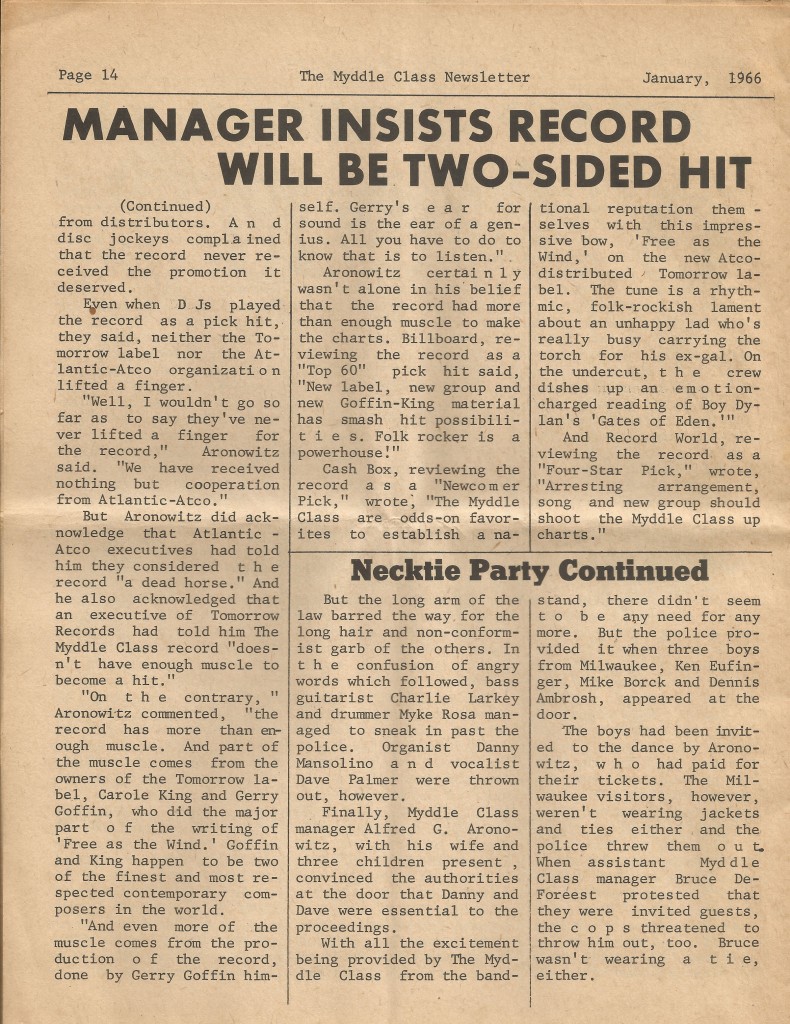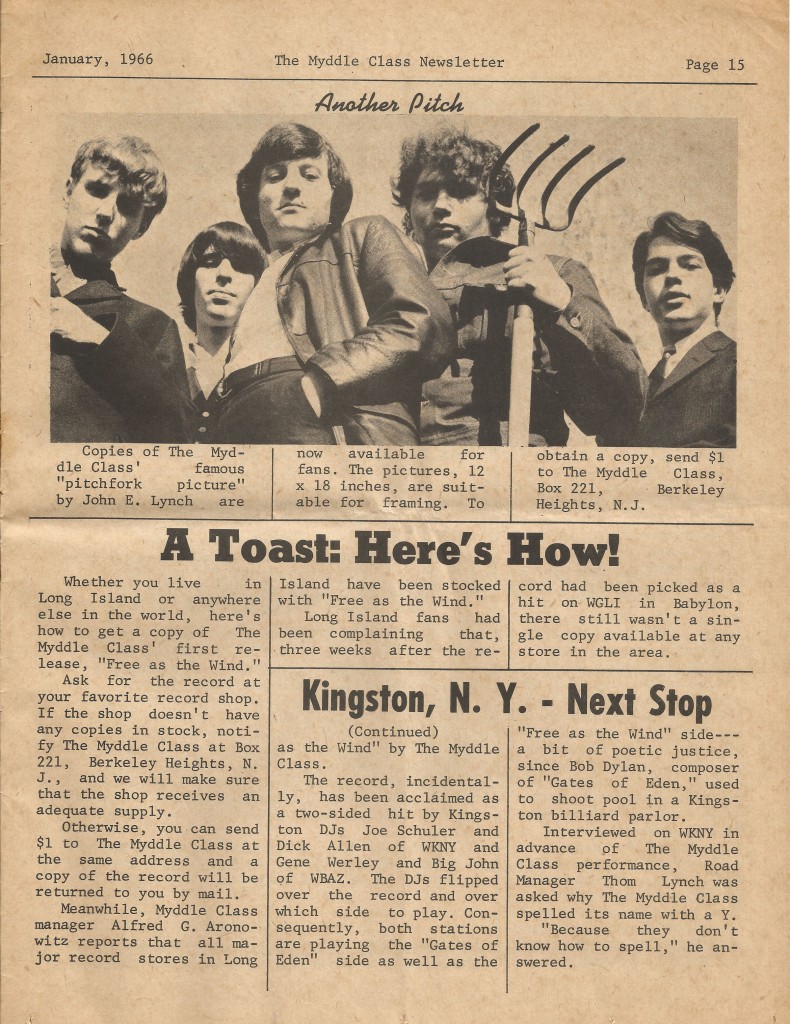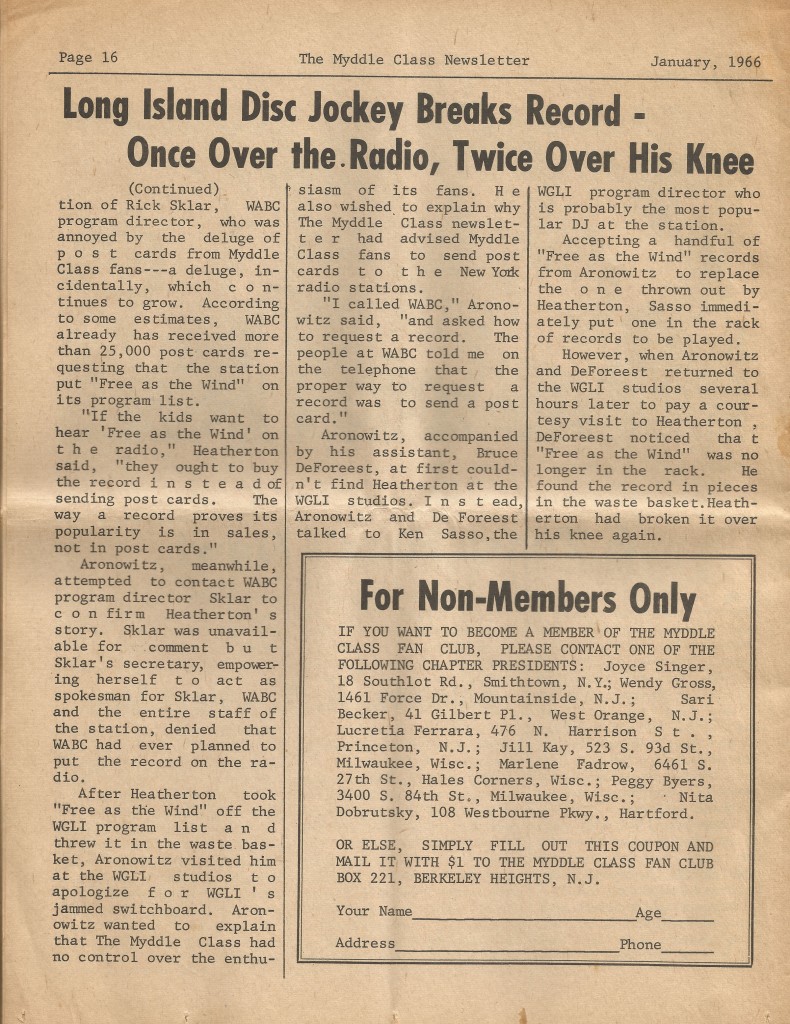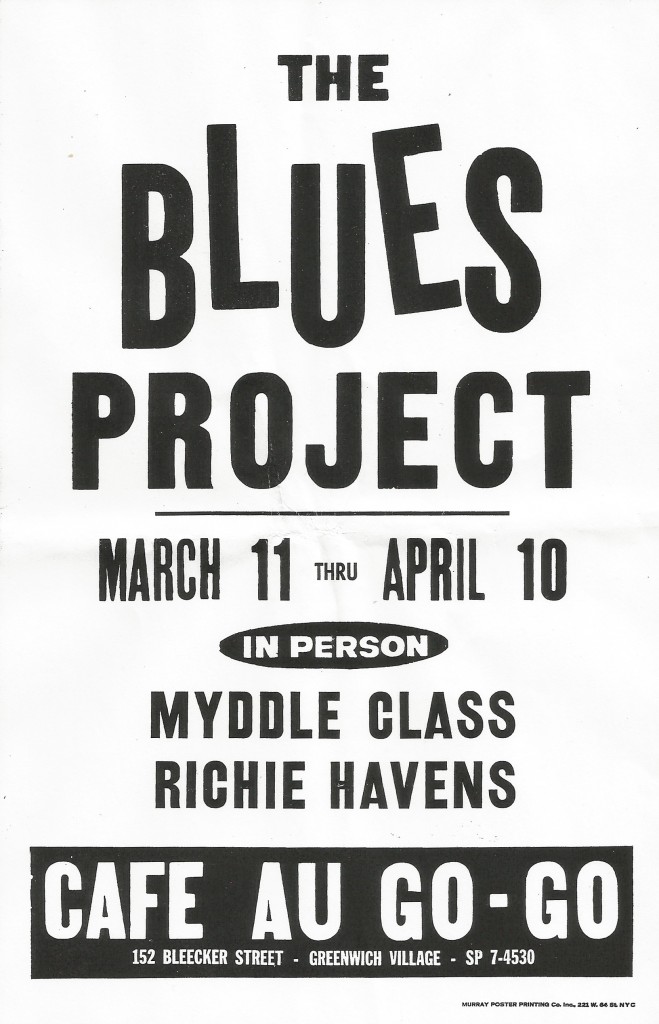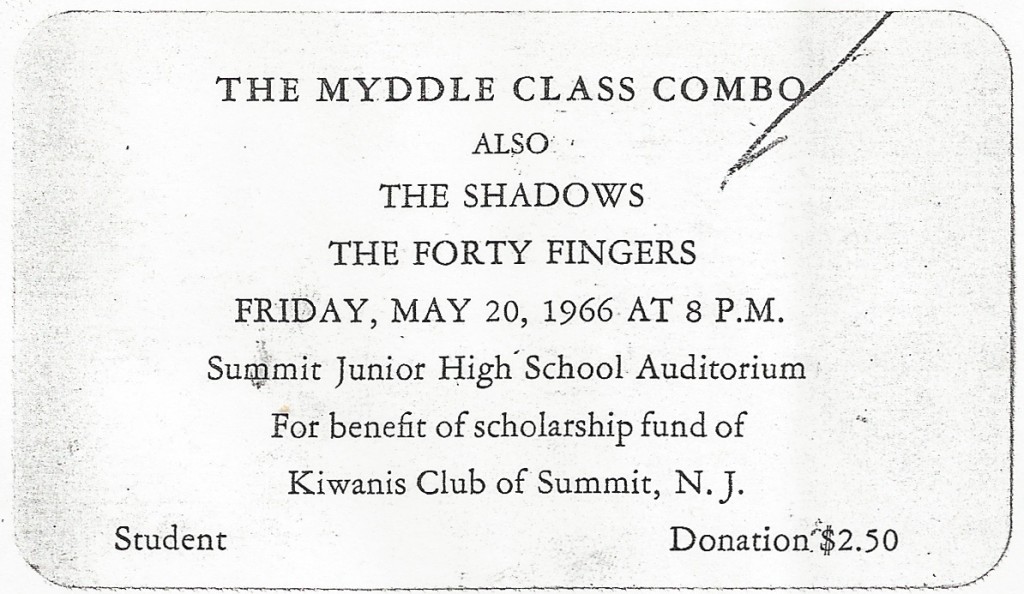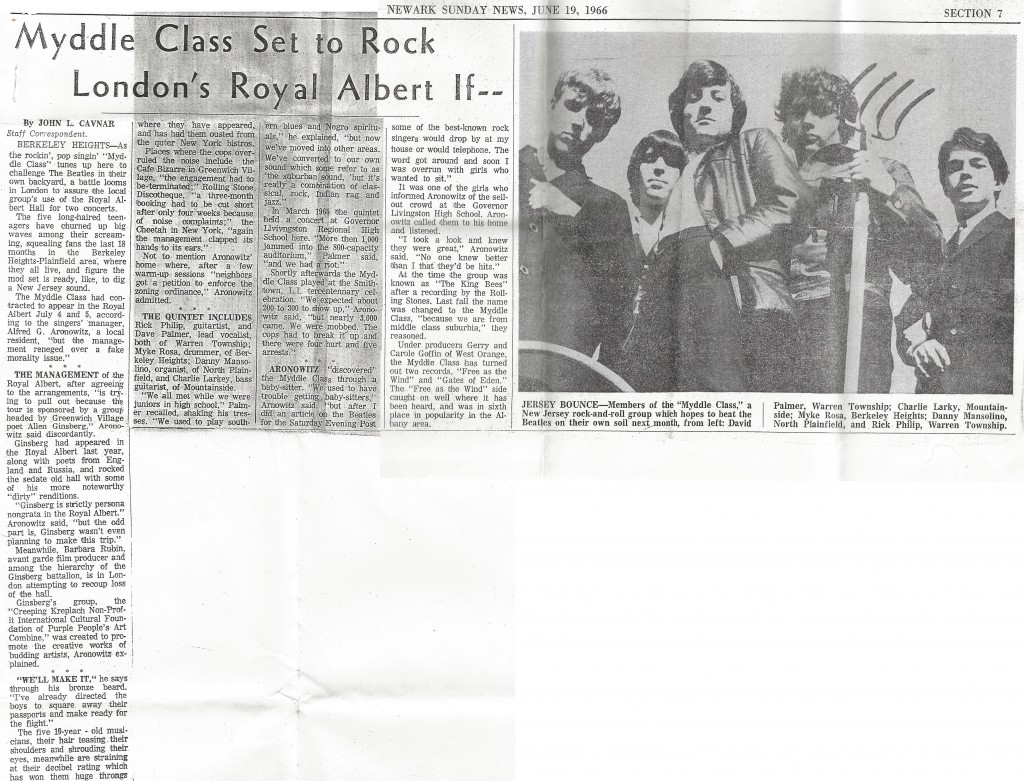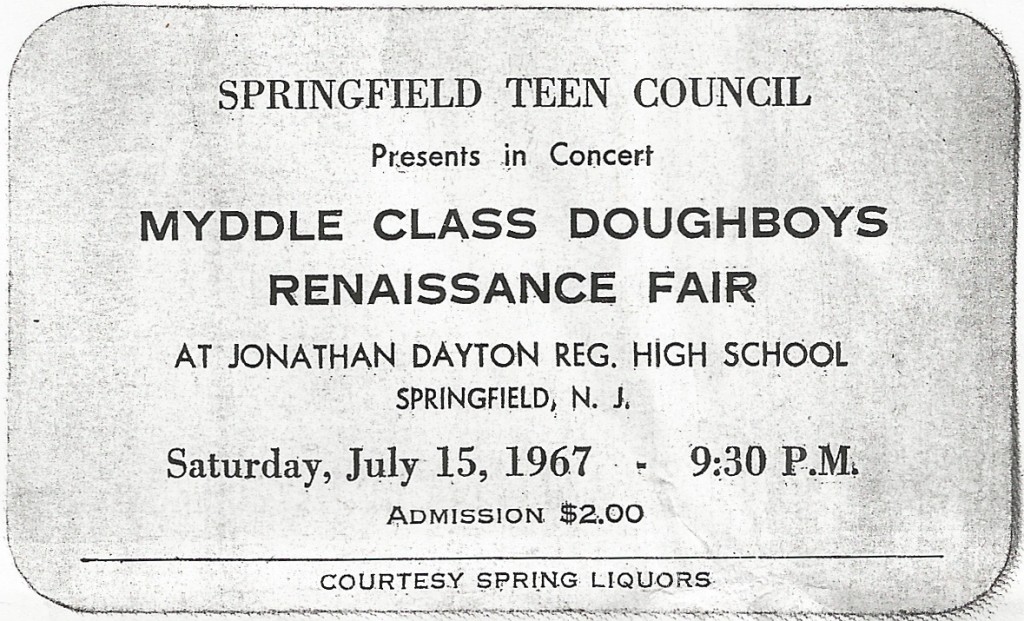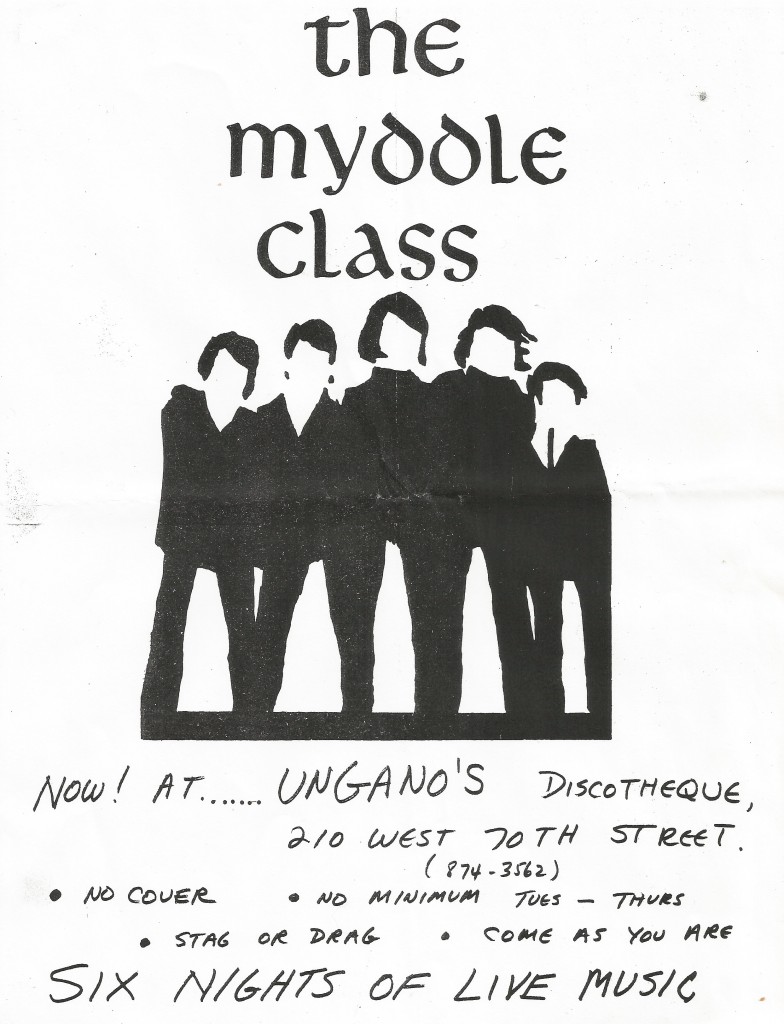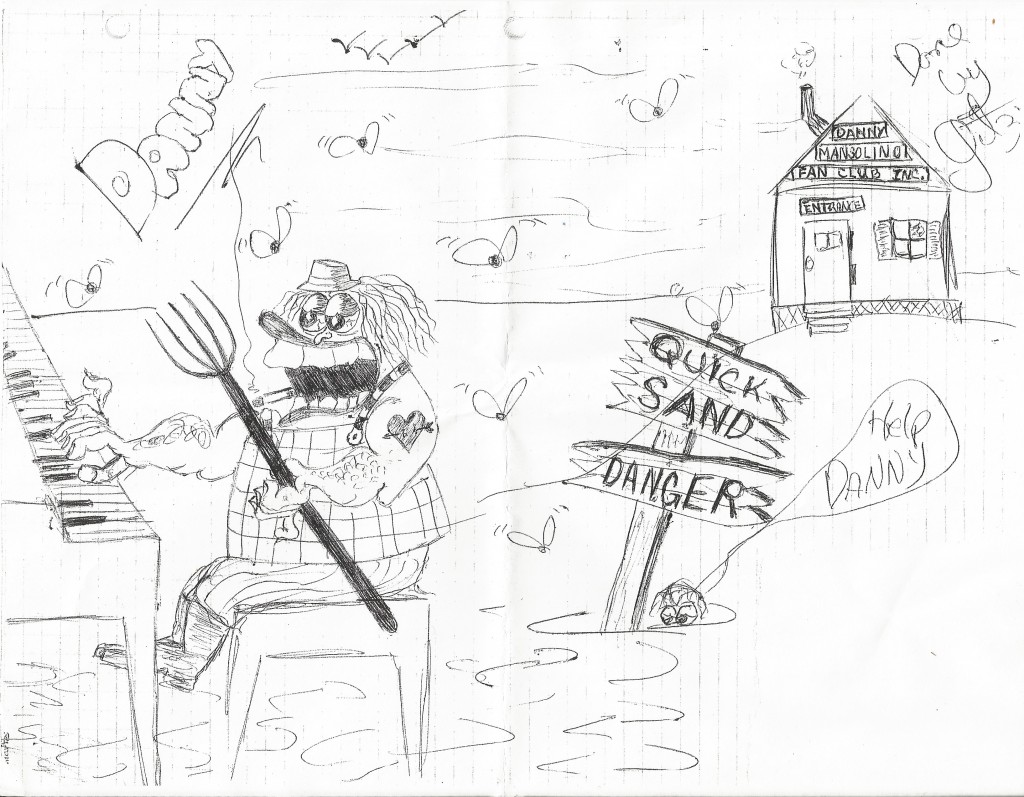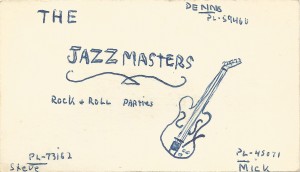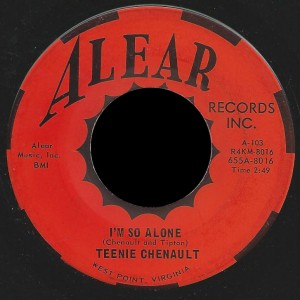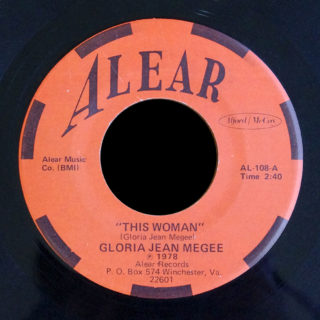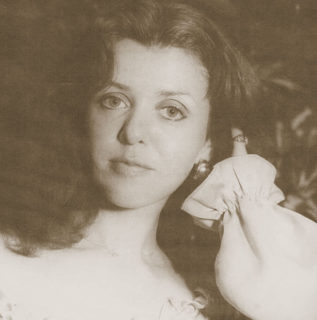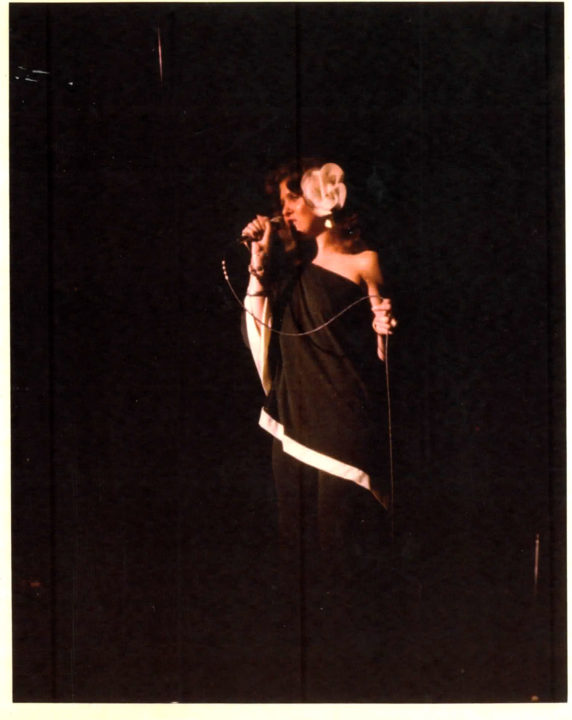French rock ‘n’ roll singer Teddy Raye may not be familiar to English-speaking aficionados of 1960s rock music, but in his homeland he had quite a following.
While Raye never really attempted to break into the English-speaking market, during the years 1963-1965 he recruited a succession of British bands to back him on the club scene in Spain and North Africa. Some of these musicians went on to interesting groups/projects in later years.
The Victors
One of Raye’s earliest dabbles in the British rock market took place in June 1964 when he turned up at the Latin Quarter in Wardour Street, Soho and caught Welsh group The Victors playing at the Van Gogh Bar upstairs.
Formed in south Wales in late 1963, the band’s line up consisted of lead singer Brian Gibson, guitarist Pete Rowles, bass player and singer Jack Russell and drummer Terry Gittins.
Moving to London in January 1964, the quartet successfully auditioned at the Latin Quarter and on Saturdays covered the lunchtime spot at the Van Gogh Bar above, earning about £20 a week. It was here in early June that Raye caught their act.
“Teddy offered us $200 a month all found if we went with him to fulfil a contract he had in Malaga,” remembers Russell.
“He had found Paul Degis [from East London], who played vox organ and two tenor sax players – a guy called Ray and Maurice O’Connell. We rehearsed twice.”
Since Raye would be handling lead vocals, Brian Gibson wasn’t needed for the foreign trip and left to work (and record) with The Laurie Jay Combo.
“In a frantic week of activity we left London on the train with all of our gear and arrived in Paris,” continues Russell.
“From there we took another train to Hendaye/Irun, changed trains onto the Spanish system and got to Madrid where we changed stations and trains again for Malaga. The trip took four days and was exhausting humping gear, amps, drum kits etc from train to train.”
The gig that Raye had lined up was between Malaga and Marbella on the Costa Del Sol. Russell remembers it as a custom-built complex with a nightclub that had a stage over a large kidney-shaped swimming pool.
Socialising with a Cuban band called Los Matecocos, who were staying in a nearby villa, Russell says that the Costa Del Sol was in its early stages of development (“it was still a rich man’s destination”) and the expensive surroundings meant that the band usually played to only half a dozen people!
“We got paid for a while then the owner did a bunk and we were left with nothing to do,” says Russell on the dramatic turn of events.
“This must have been the end of August. We went first to a hotel in Algeciras where we stayed for about 10 days while Teddy went to Morocco to find work.”
Not surprisingly, the loss of work unsettled the group and the first to crack was lead guitarist Pete Rowles who returned to Wales, joined soon after by Terry Gittins. According to Russell the pair formed a new band back home and issued a single but he can’t recall any other details.
Rowles, who was something of a local legend, is now living in an old people’s home in Pontypool. As for Gittins, he may well be the same player that went on to work with Heron in the late 1960s.
Joined by two French musicians, the new line up took the ferry to Tangier and then the train to Rabat where they backed Raye at several clubs, ending up in Casablanca. During this short episode, the band appeared on an hourly TV show for four weeks.
However, inevitably it couldn’t last and around November 1964, the entire band walked away from Raye and returned home to their respective countries.
While little is known about Paul Degis’s subsequent career, Maurice O’Connell became a noted actor and later moved back to Spain. Russell remembers an exhausting journey home from Morocco to south Wales.
“I sold all of my gear. I had two double 12” cabinets and a large amp as well as my guitar and simply couldn’t transport it home,” he recalls.
“I bought gold because it was impossible to get currency out of Morocco. I bought a train ticket from Thomas Cook in Casablanca, which cost me £5 and took me all the way from Casa to Newport High Street. I had no money left. The trip took four days and was an ordeal.”
After returning home to recover, Russell joined Vox in Dartford, Kent in March 1965 but was soon contacted by former Victors’ lead singer Brian Gibson with a proposition to travel to South Africa as a member of The 004.
Put together by former Dusty Springfield & The Echoes lead guitarist Pete Clifford, The 004 sailed for Durban in June 1965 and quickly became a top draw, even backing rock ‘n’ roll legend Gene Vincent for a short period later that year.
In 1967, Gibson left and later joined South African progressive rock band, Abstract Truth. The remaining members linked up with singer John Kongos and moved back to England where they recorded as Floribunda Rose. Clifford soon moved back to South Africa to join The Bats while the others stayed in London and recorded several singles as Scrugg.
Looking back on his Teddy Raye adventure, Russell has this to say: “I enjoyed the Teddy Raye time even though it was chaotic. I learned a lot. I have tried unsuccessfully to track down dear old Teddy. He was a great little tap dancer.”
The Tomcats
With Jack Russell and company out of the picture, Teddy Raye returned to the UK to recruit a new outfit to back him in Spain over the next few months.
Turning up at Beat City on Oxford Street around April 1965, he spotted West London group, The Second Thoughts, fronted by future Nirvana lead singer Patrick Campbell-Lyons.
With a tenor sax player called Rudi already lined up, Raye completed his new backing group by lifting lead guitarist Tony Duhig, bass player Mickey Holmes and drummer Speedy Keene from The Second Thoughts and returned as The Tomcats.
“Franco was still around and apart from threatening to arrest us for long hair they called the band The Gatos Salvaje (The Savage Cats) as they didn’t have a direct translation for a Tomcat,” says Holmes.
Unfortunately for Raye, it was another short-lived project, as Holmes continues. “He wanted a long-haired Brit backing band for a month in Madrid initially. [But] we were the main attraction and we went back a second time [on our own] this time to other northern cities.”
Returning to London in May 1965 to save gig money for journey back to Spain, Tony Duhig, Mickey Holmes and Speedy Keene brought in their former Second Thoughts band mate Jon Field on organ and added singer Tom Newman from local rivals, The Tomcats.
Within a month, however, Keene had left to join The Rockin’ Eccentrics in Italy and was replaced by Chris Jackson from The Tomcats. Keene later went on to front Thunderclap Newman.
Renamed “Los Tomcats”, the musicians returned to Spain in June 1965 and stayed there until early 1967. Back in the UK, the group changed name to July and recorded an album and a string of singles. Duhig and Field subsequently formed Jade Warrior.
Los Swing-Stars
Left without a band again, Teddy Raye returned to London to recruit some more musicians for the summer season in Spain. The new line-up included Welshman, organist Mike Lease, who’d already cut a number of singles with The Zephyrs on the Fontana label and backed singer Beverly on the folk circuit.
Put together around June 1965 and dubbed “Los Swing-Stars”, Raye’s new group also comprised Mick Wilshire, a lead guitarist from Blackburn, Lancashire, who’d previously played with The Four Pennies, plus Londoners John Cooksey on bass and Peter Trout on drums.
“He came over [to London] and picked a few players out and I flew to Barcelona airport and was met there and we had contracts for one hundred quid a week; and he didn’t pay us,” Lease told the Liquorice Soul website.
“It ended up in a big fight. He smashed up all of our equipment and we were stuck out there without work permits and with the unions after us and everything.”
Renamed “El Conjunto Llamado Henri”, the quartet landed a regular, paid gig at the La Cabana nightclub in Sitges near Barcelona and remained there until the end of the season, around October 1965.
Having borrowed gear from local Barcelona bands (after Raye had smashed up most of their equipment, including Wilshire’s band-new Gibson SG, in a fit of rage), it wasn’t the last time they ran into their former employer.
“He threatened us with his revolver, periodically, and said he was going to pick us off from the beach fronting our regular gig at La Cabana,” remembers Lease. “Fortunately, nobody was shot.”
Back home in England, the group split up and John Cooksey ended up moving out to Australia; it can’t be said with any certainty but he may be the same John Cooksey who subsequently played bass with Perth outfit, The Valentines alongside future AC/DC singer Bon Scott.
Wilshire meanwhile struck gold, joining chart toppers The New Vaudeville Band. As for Peter Trout and Mike Lease, they reunited in the Studio G Project Beat Group.
Both were also briefly involved with Denny Laine during his Electric String Band period while Lease went on to become an integral member of progressive rock band, Freedom alongside former Procol Harum members Ray Royer and Bobby Harrison.
Copyright © Nick Warburton, 2014. All Rights Reserved. No part of this article may be reproduced or transmitted in any form or by any means, without prior permission from the author.
To contact the author with any photos or updates please email: Warchive@aol.com
Many thanks to Jack Russell, Mike Lease, Mike Holmes and Jon Field for their input.


